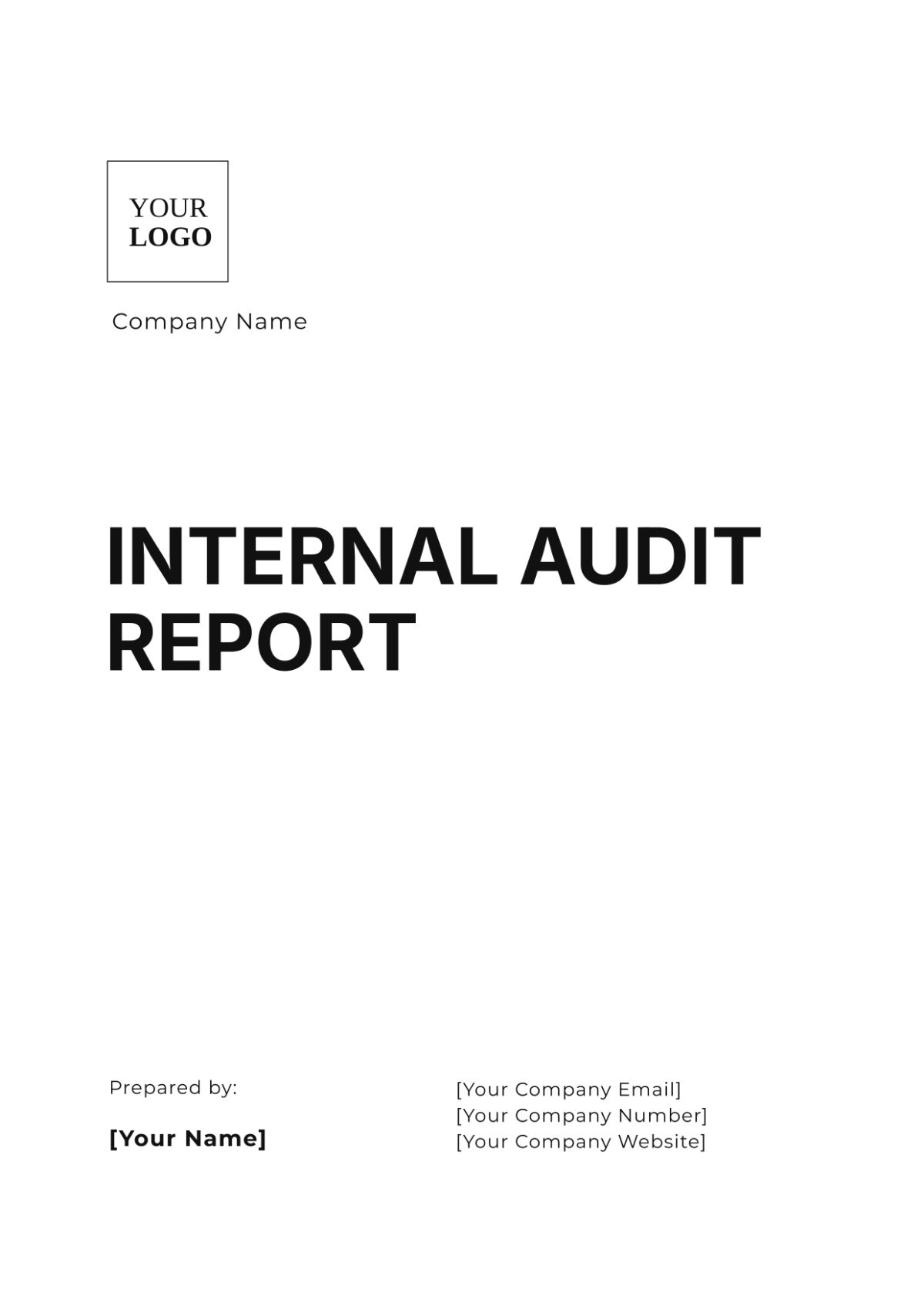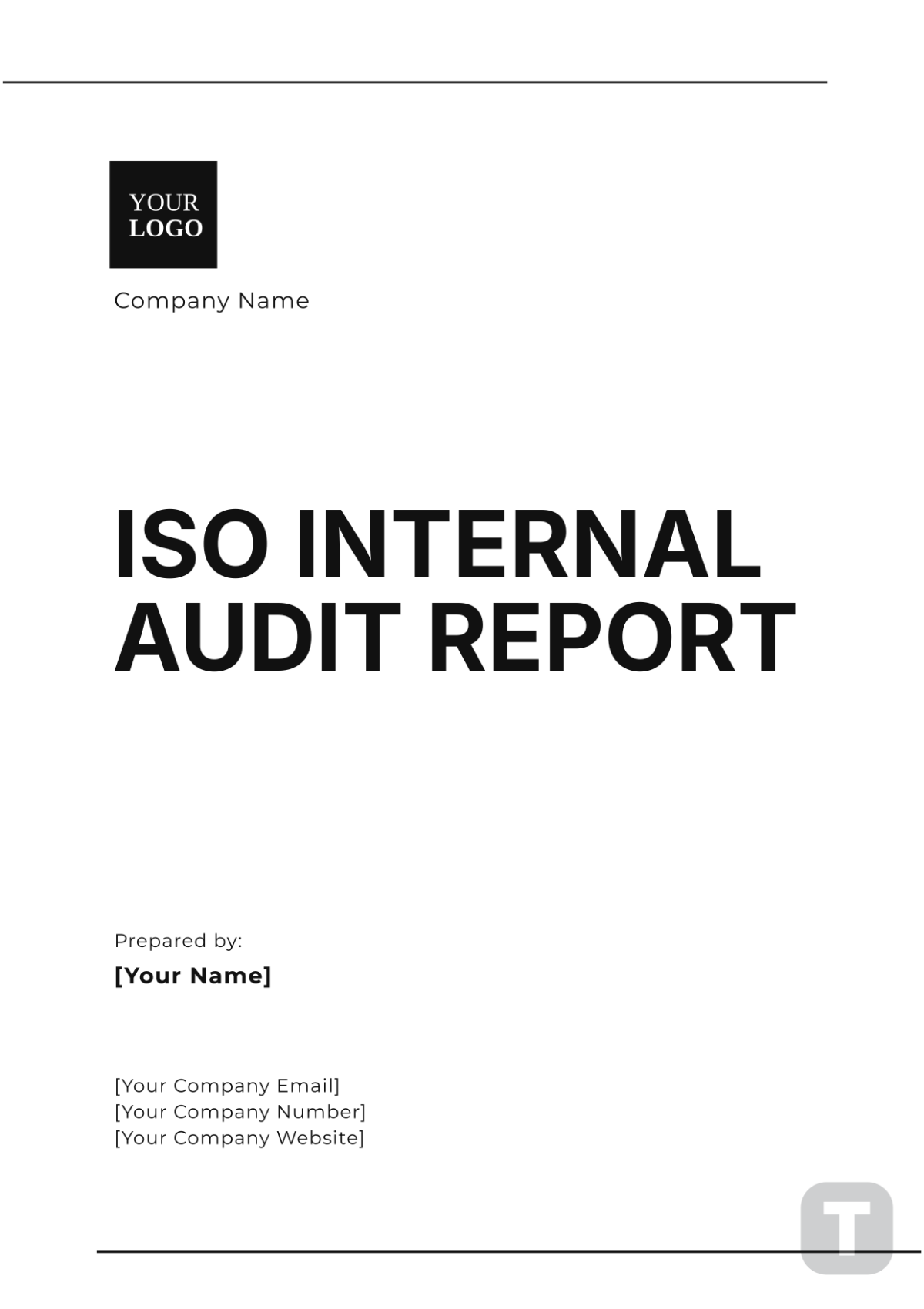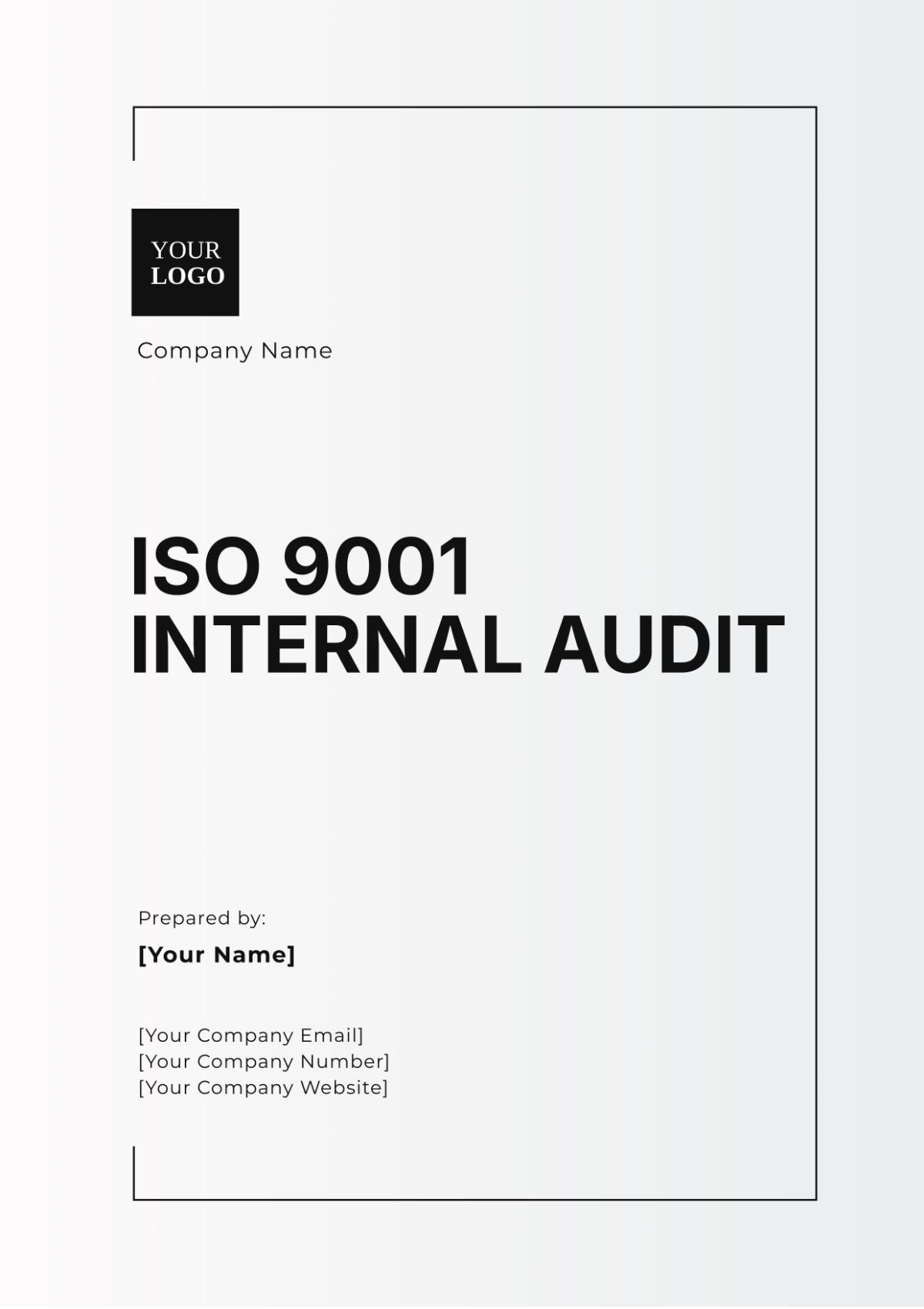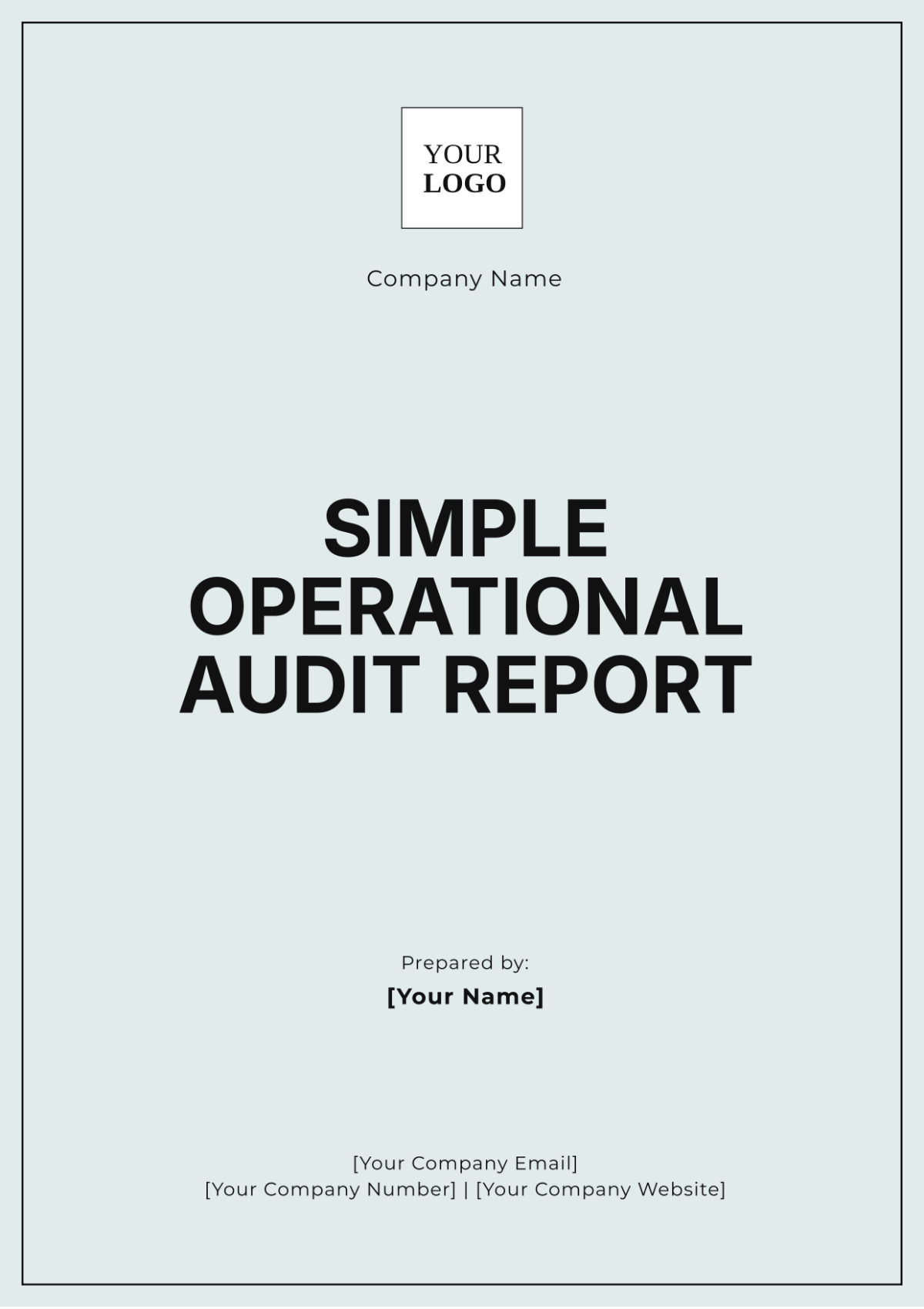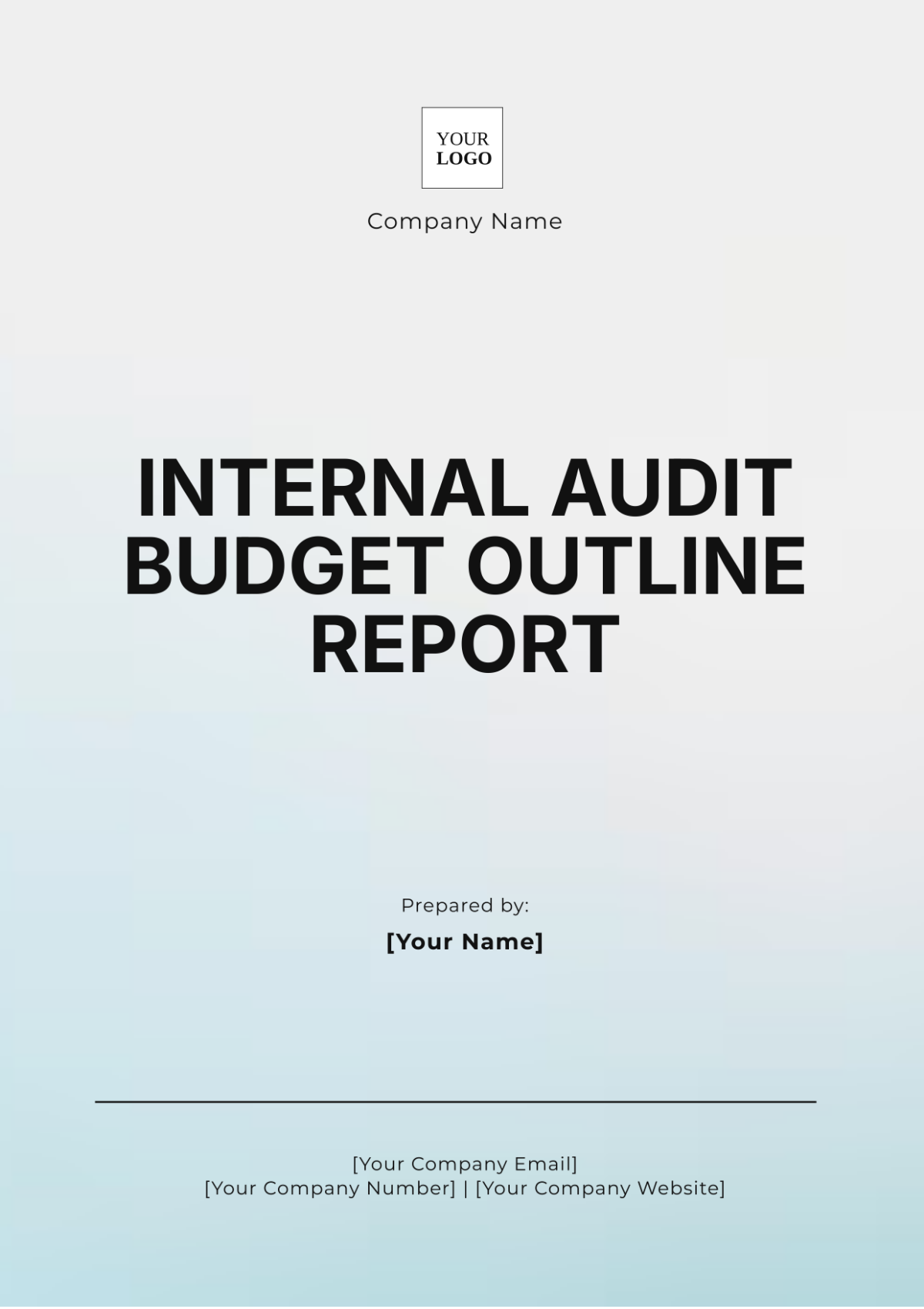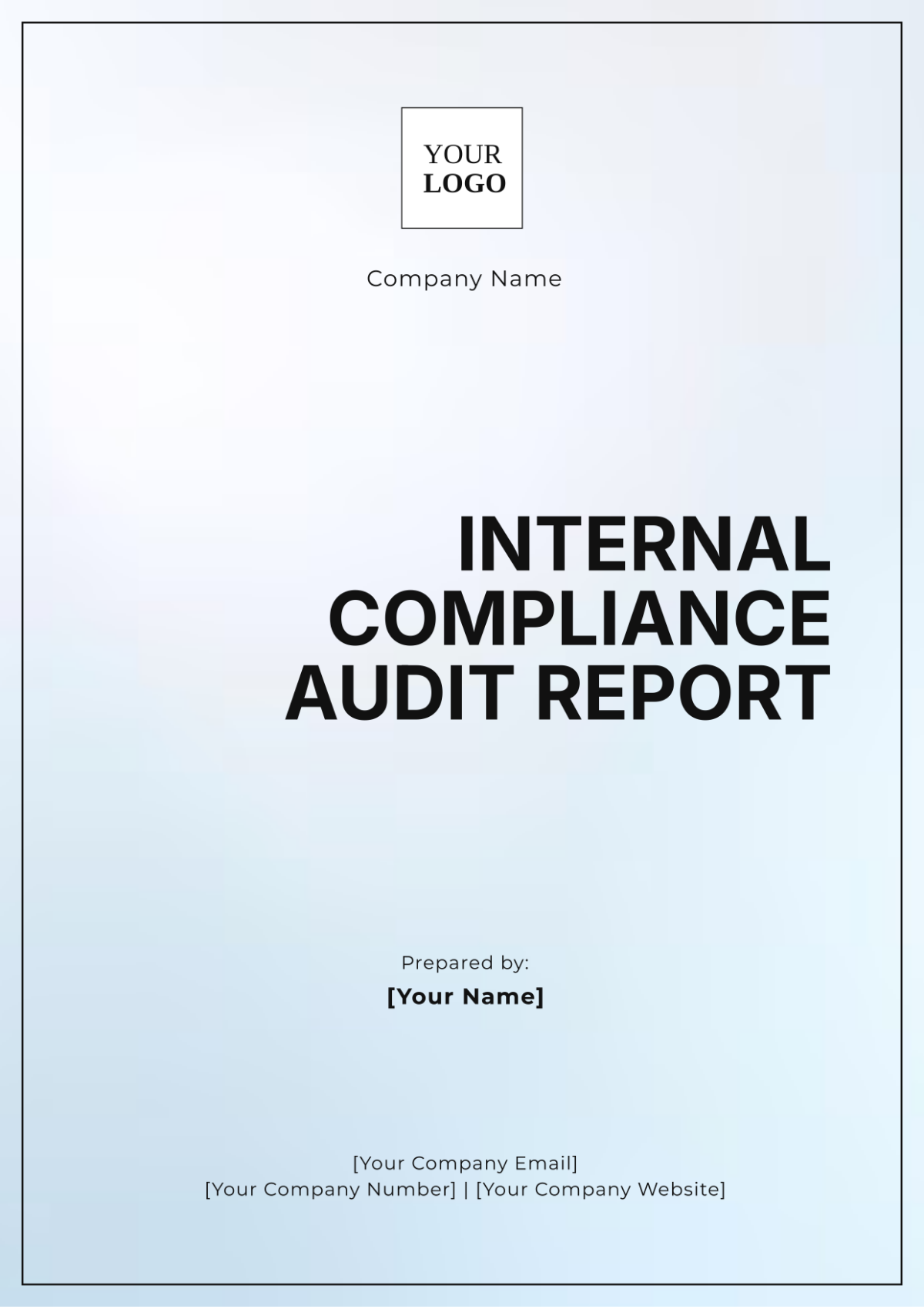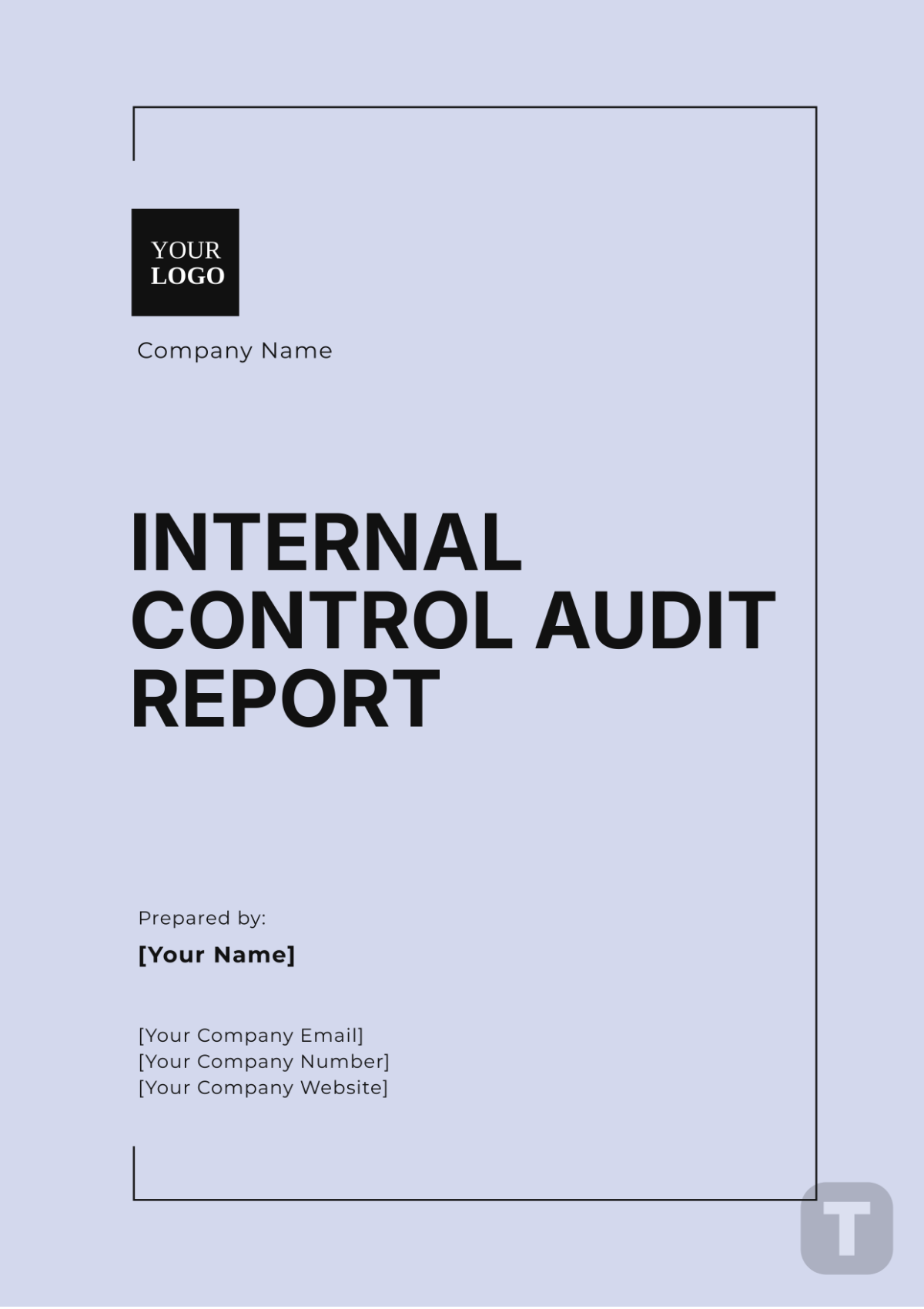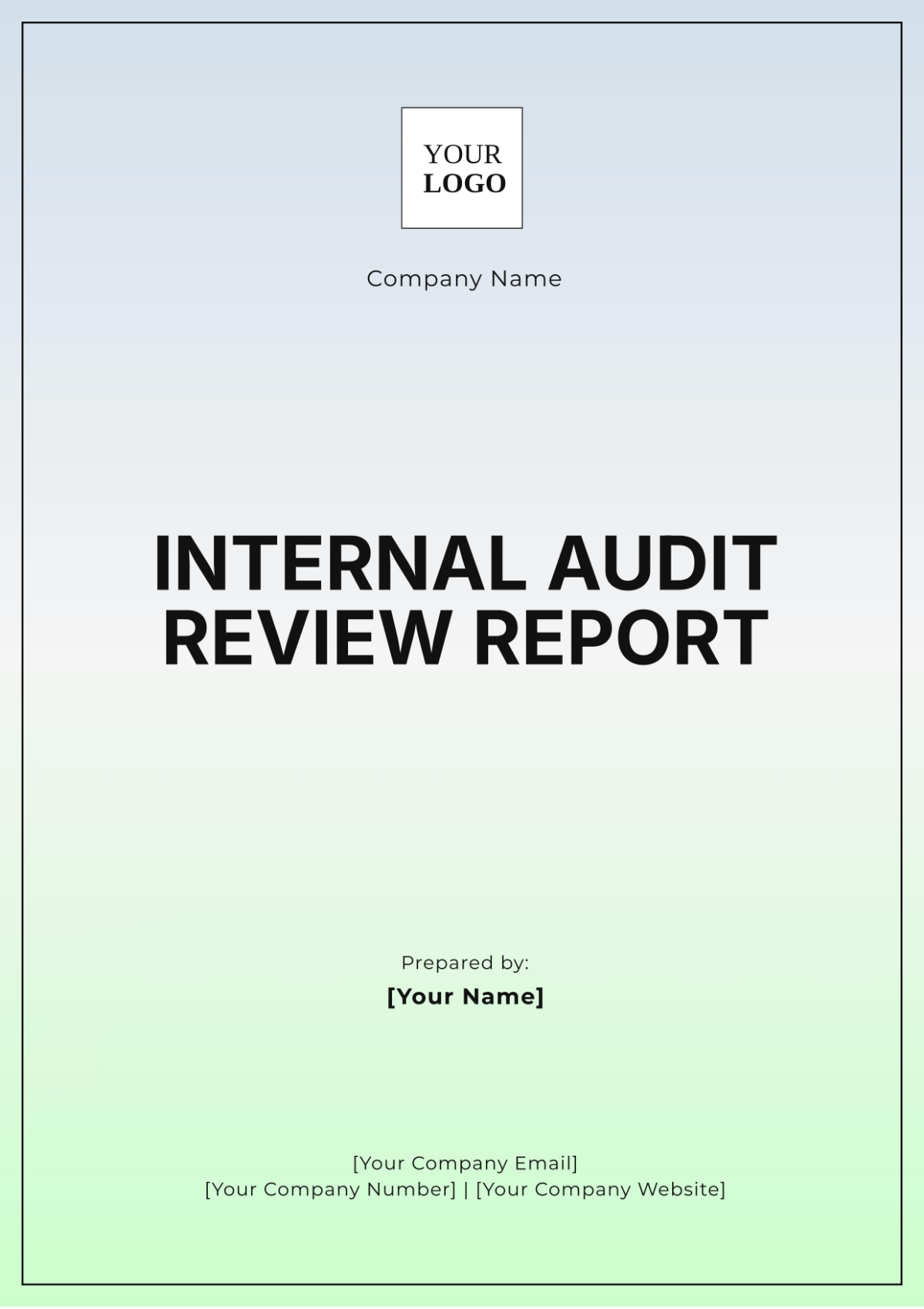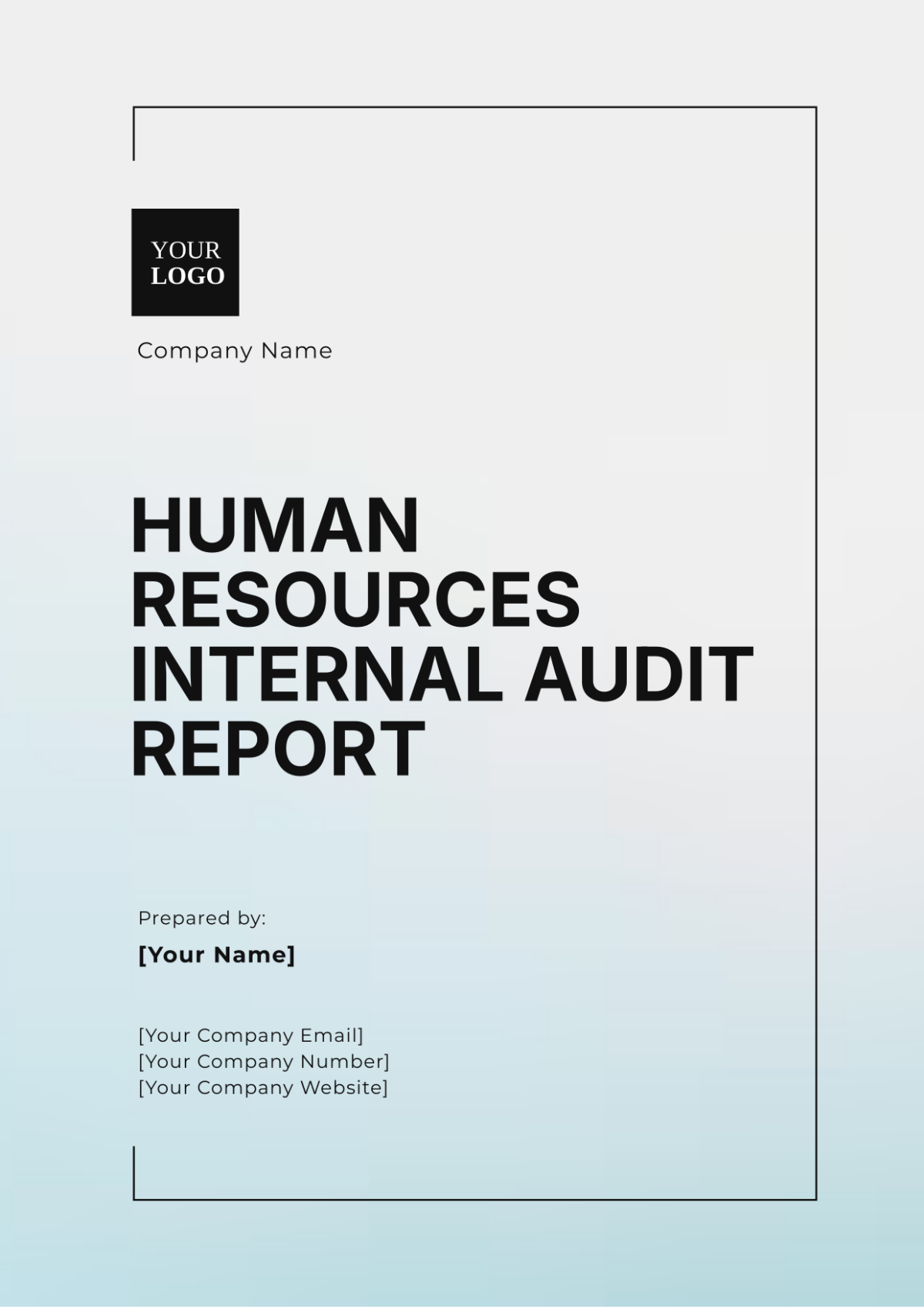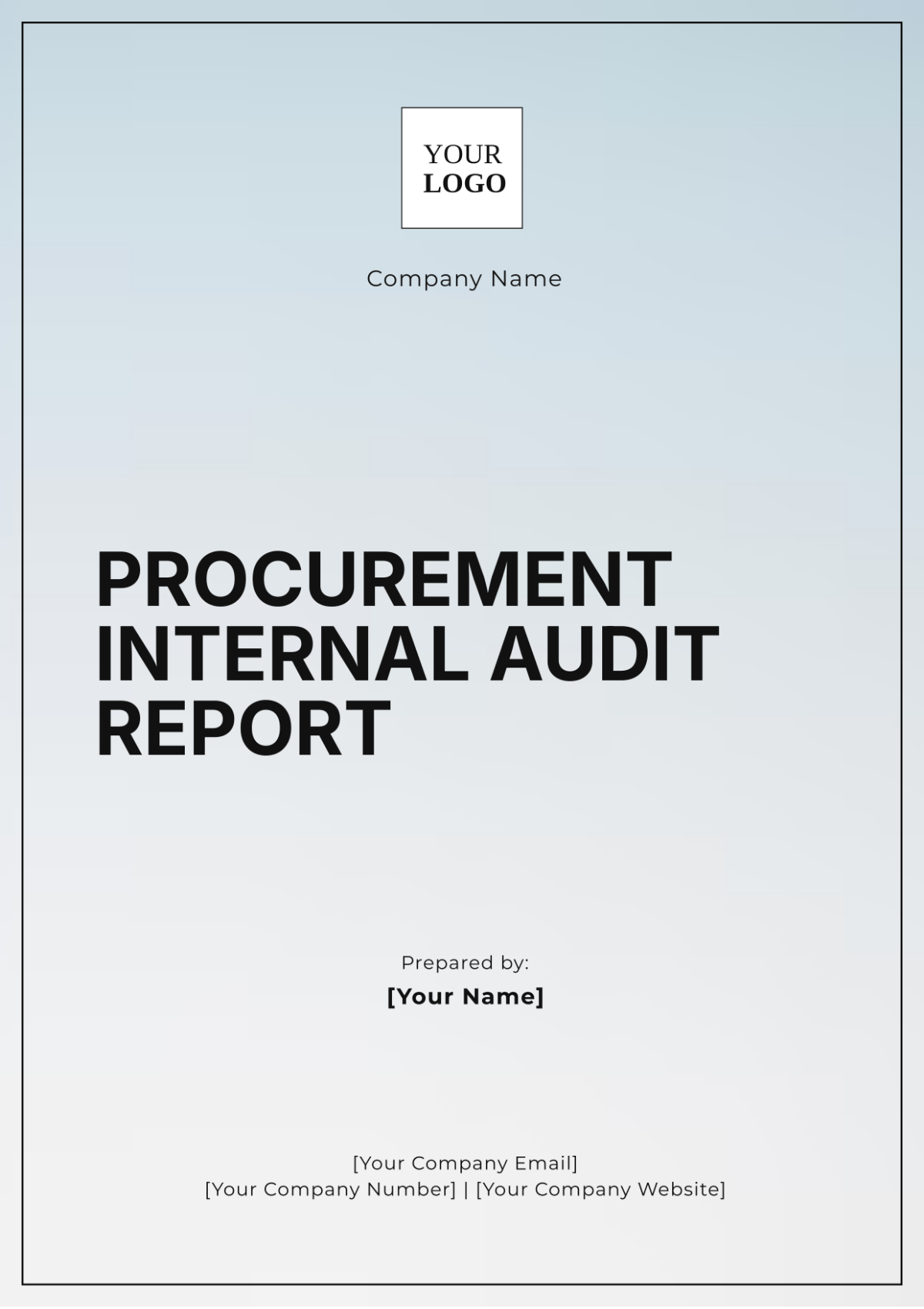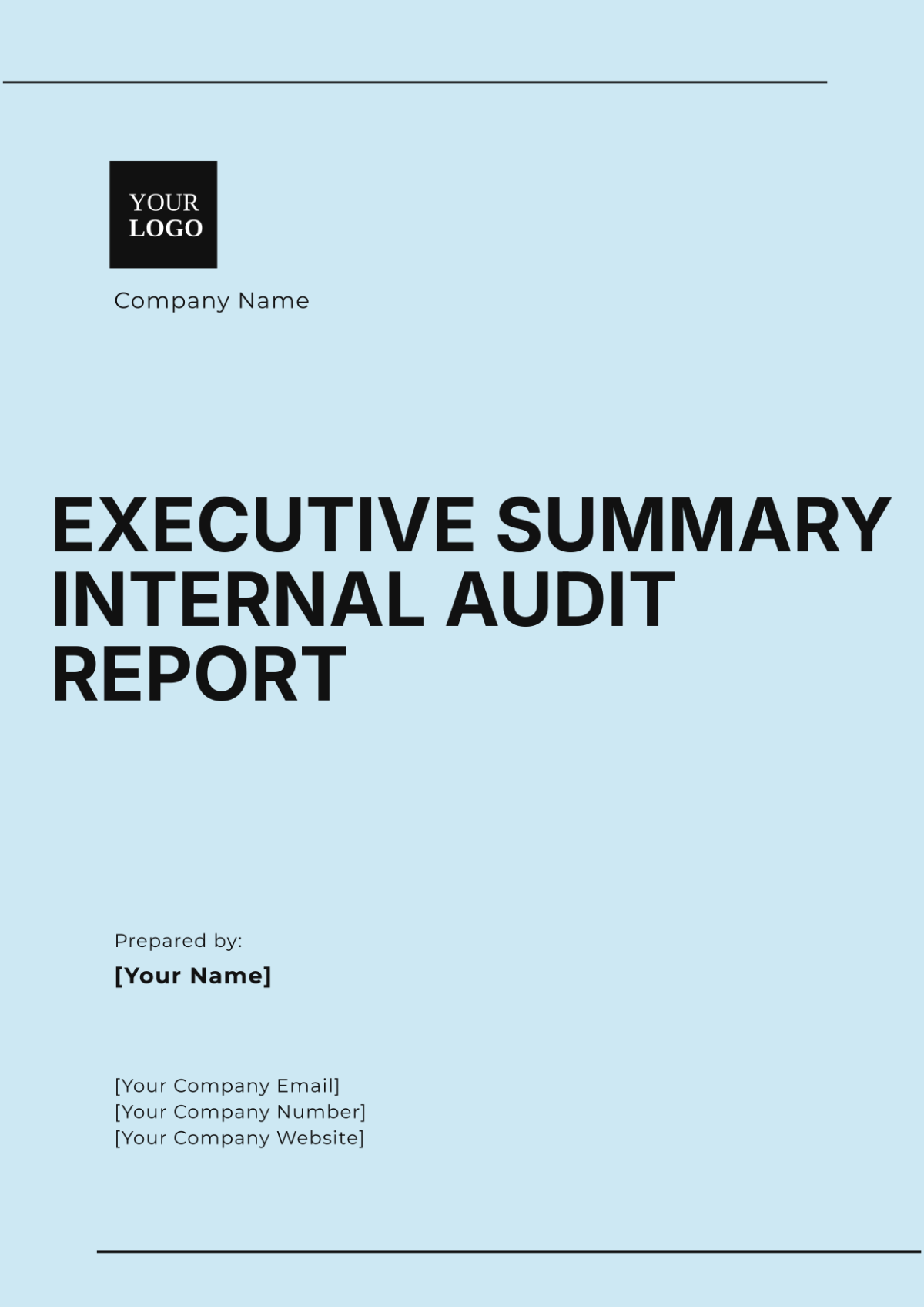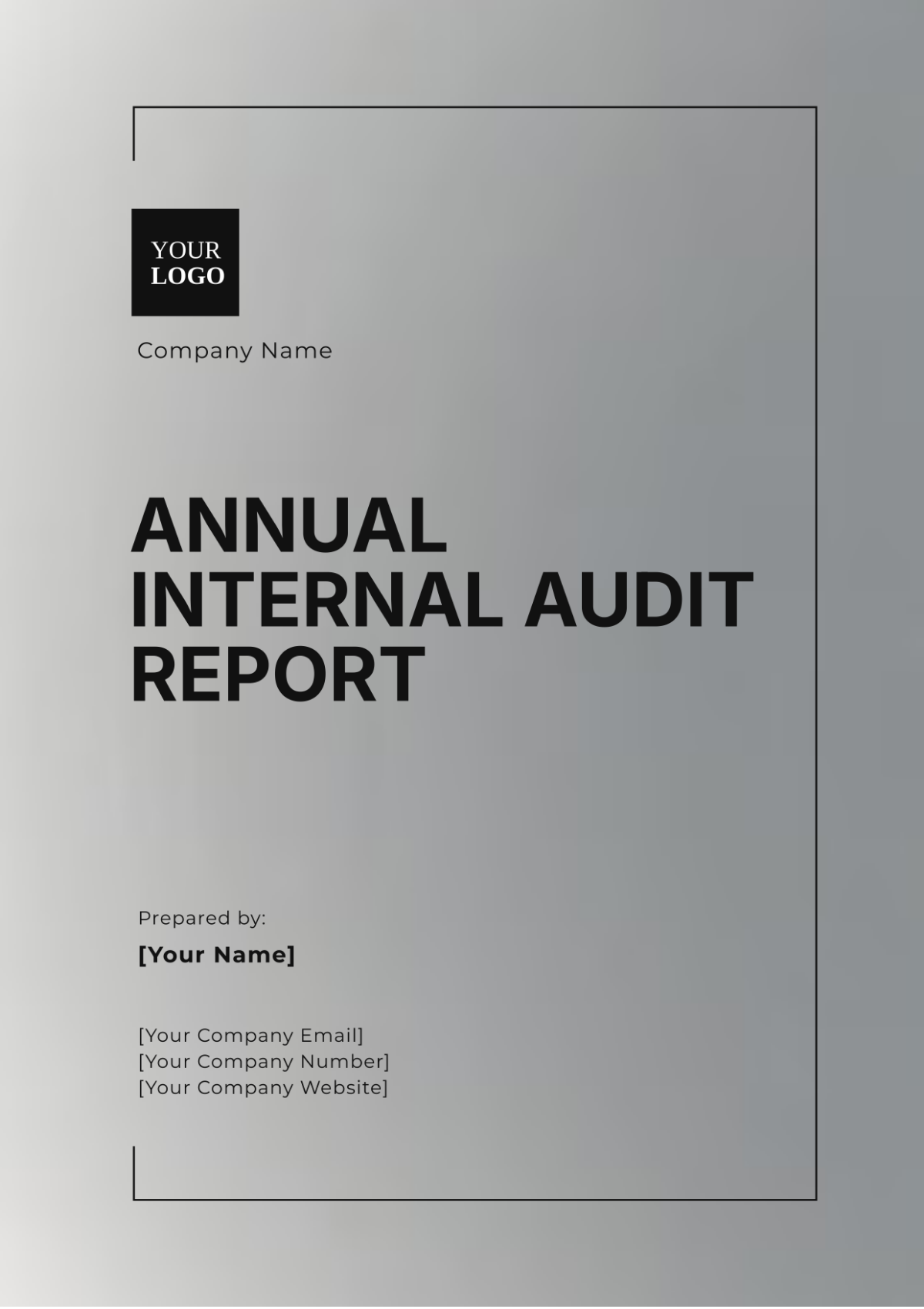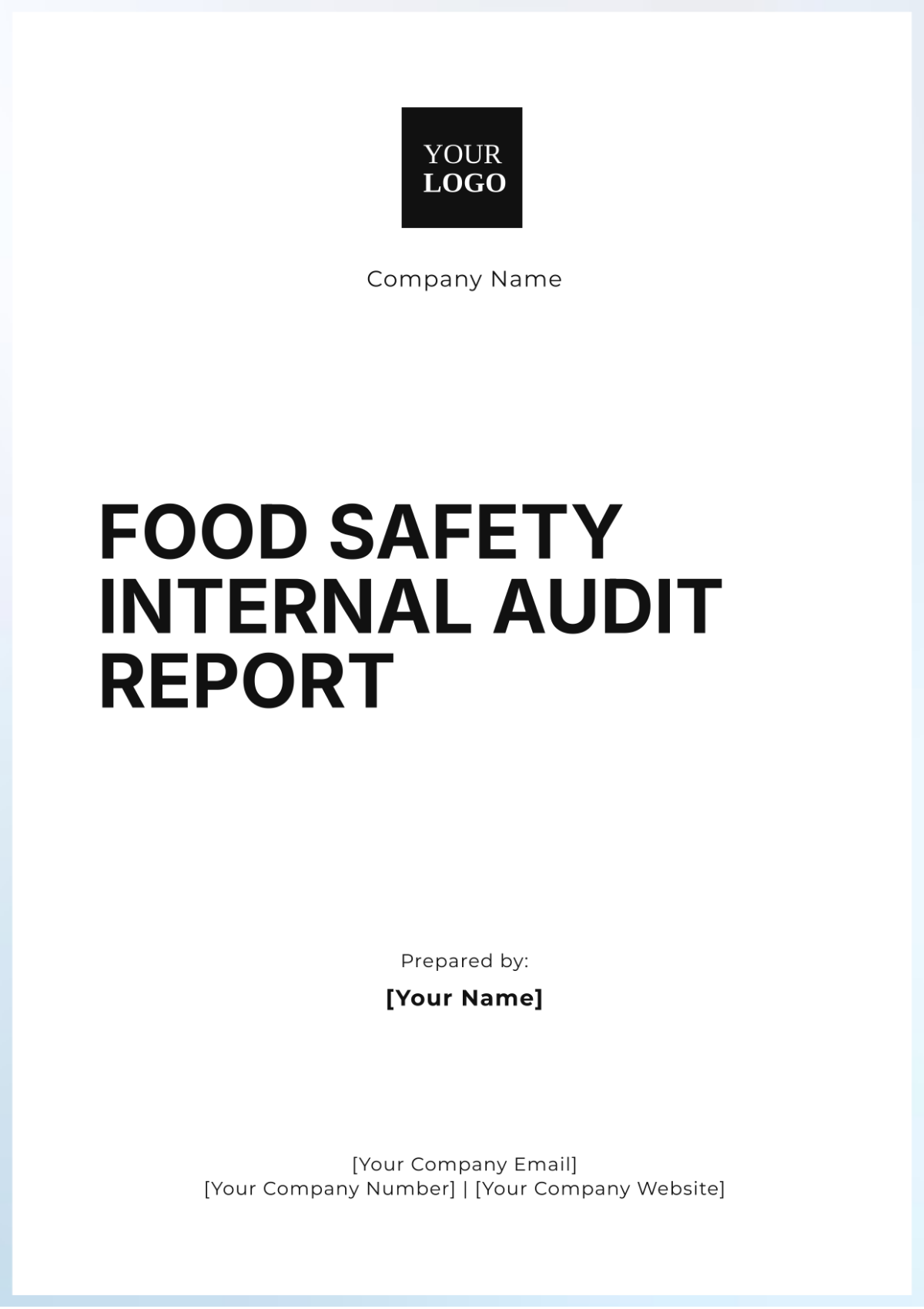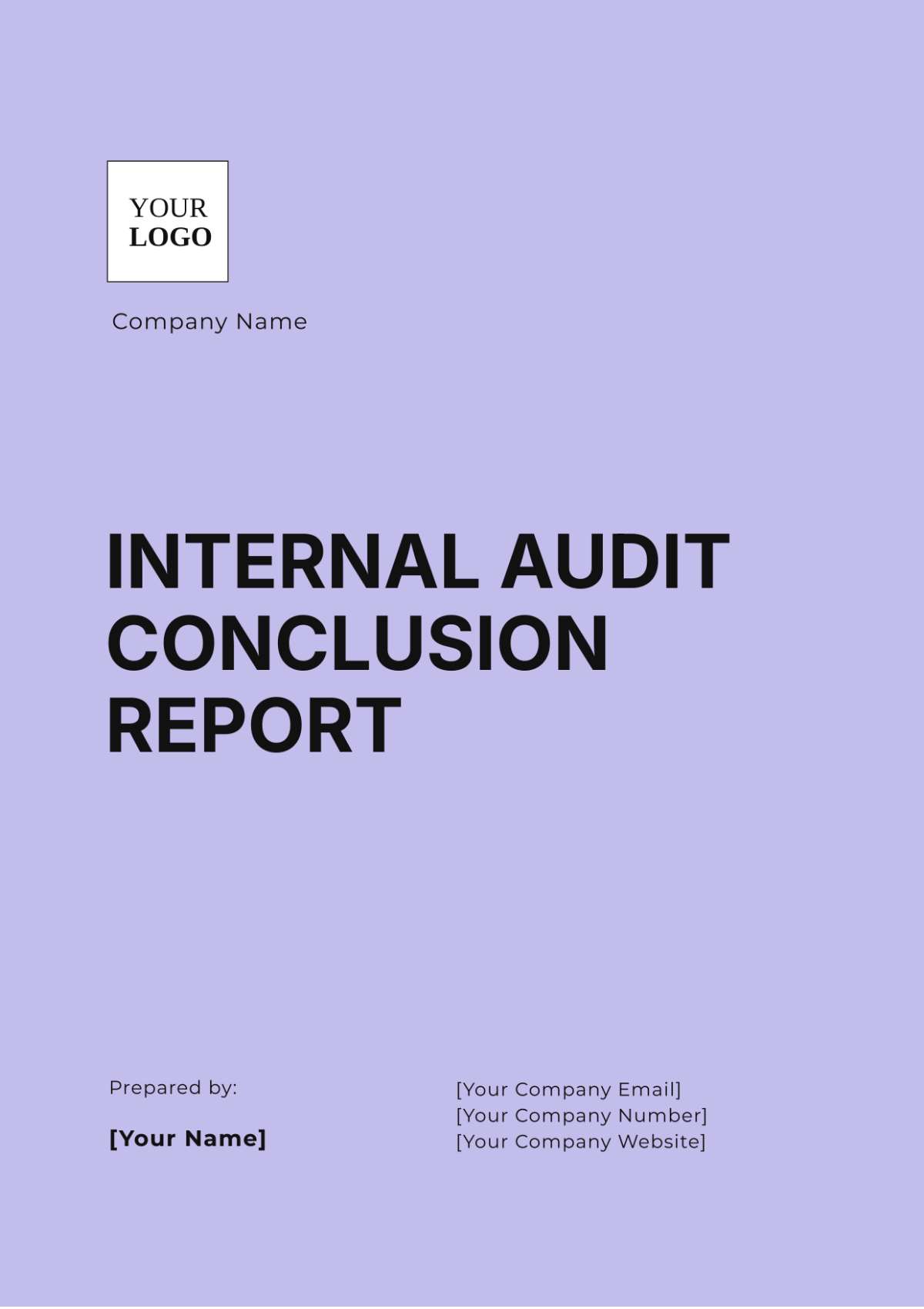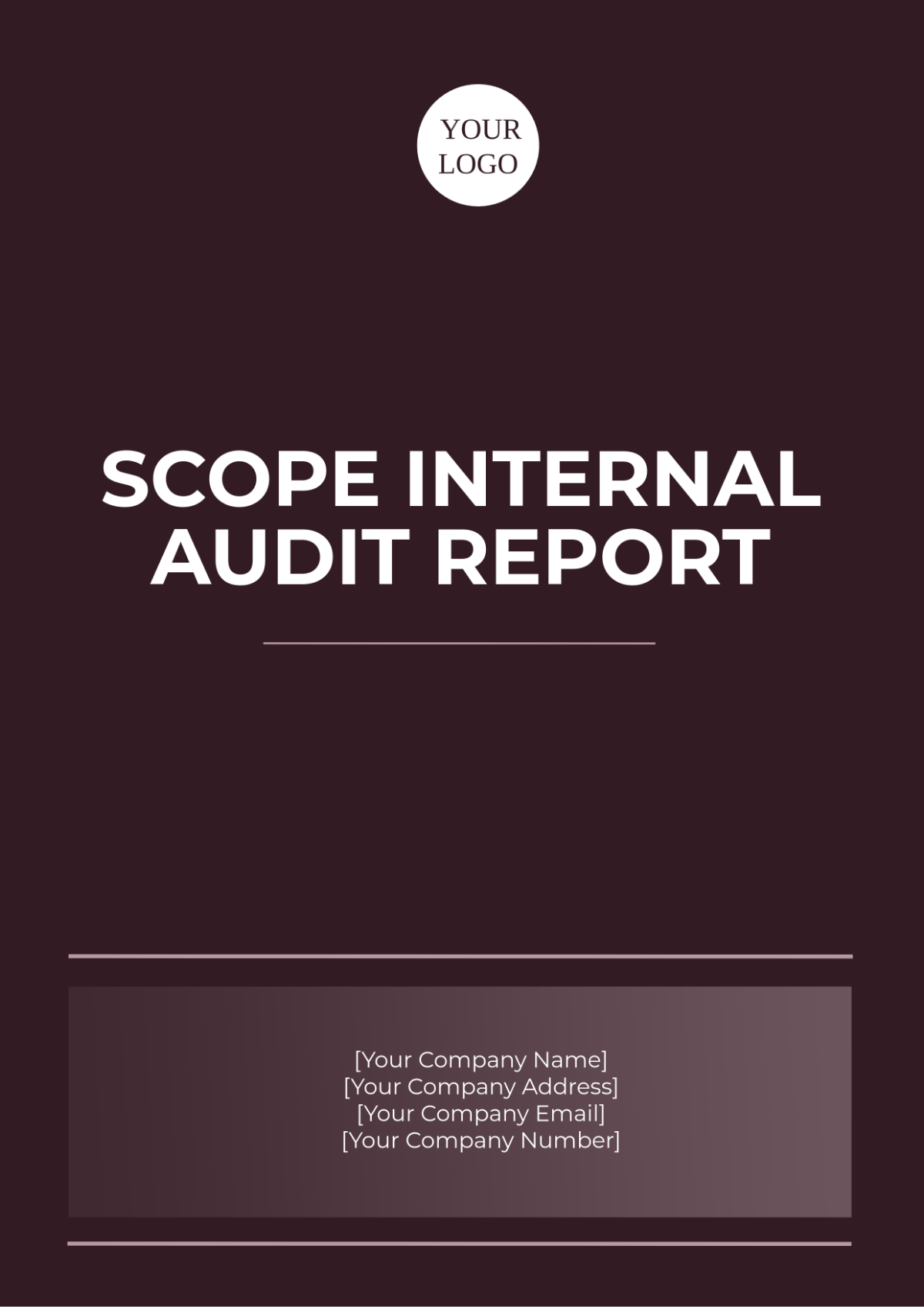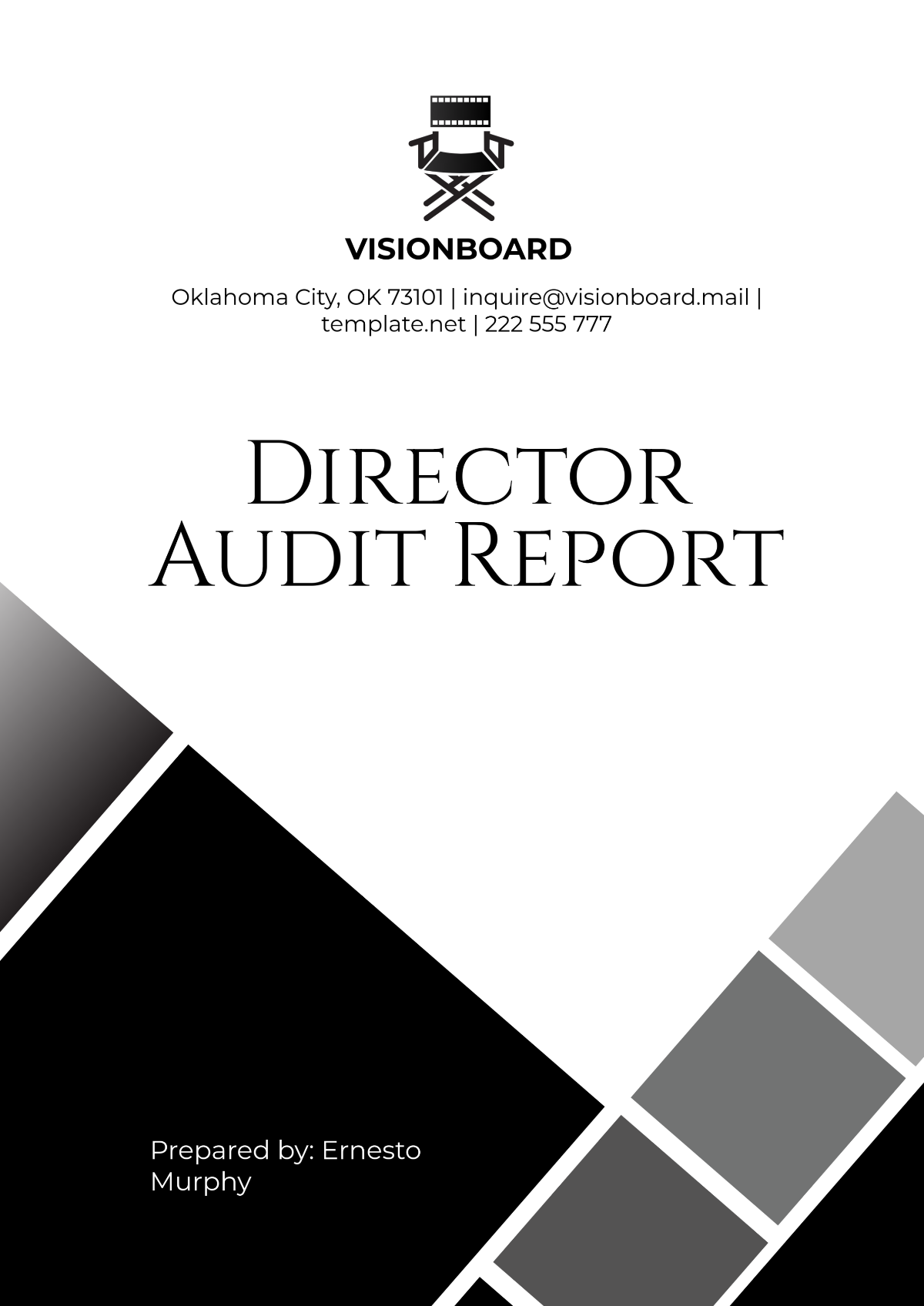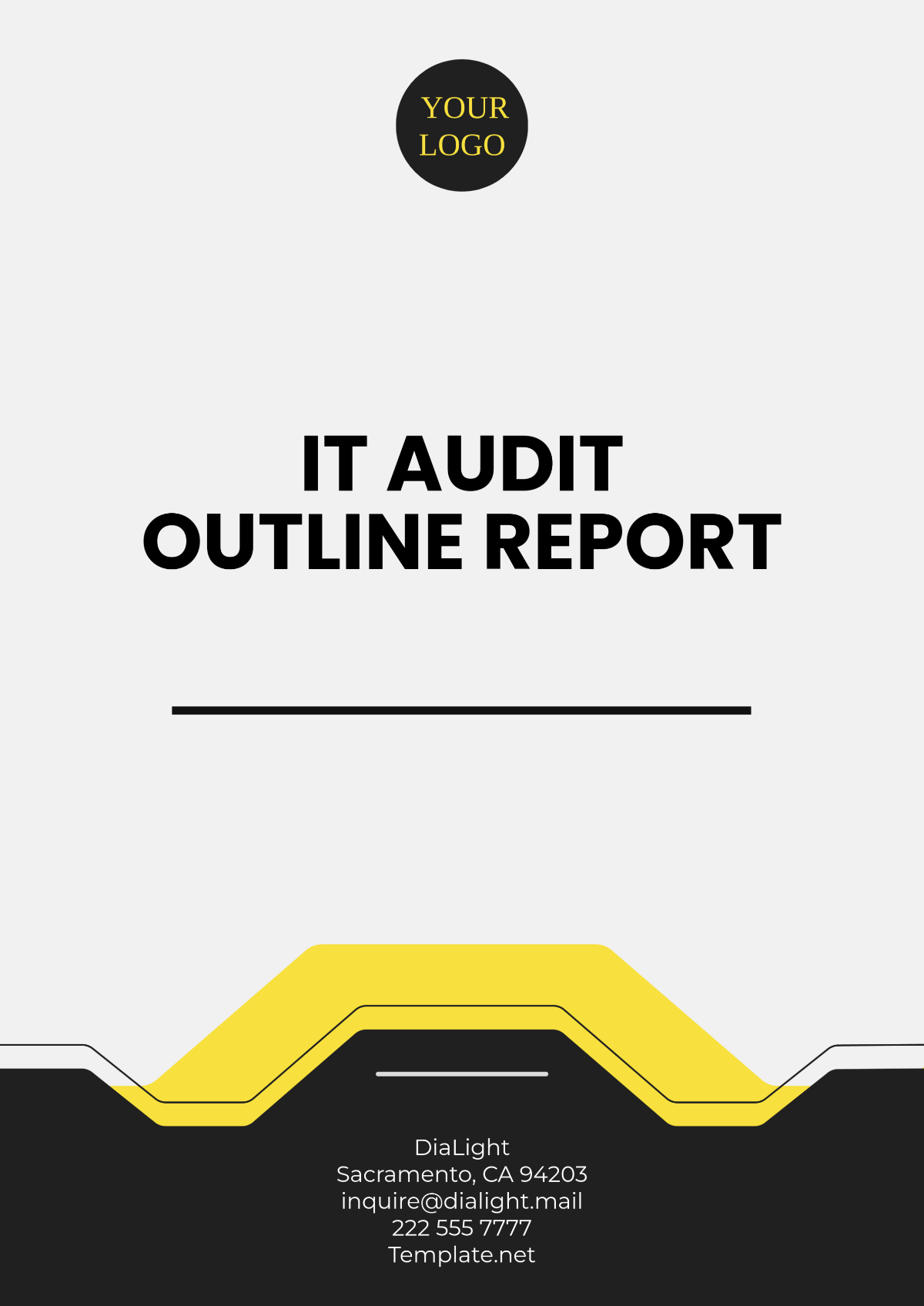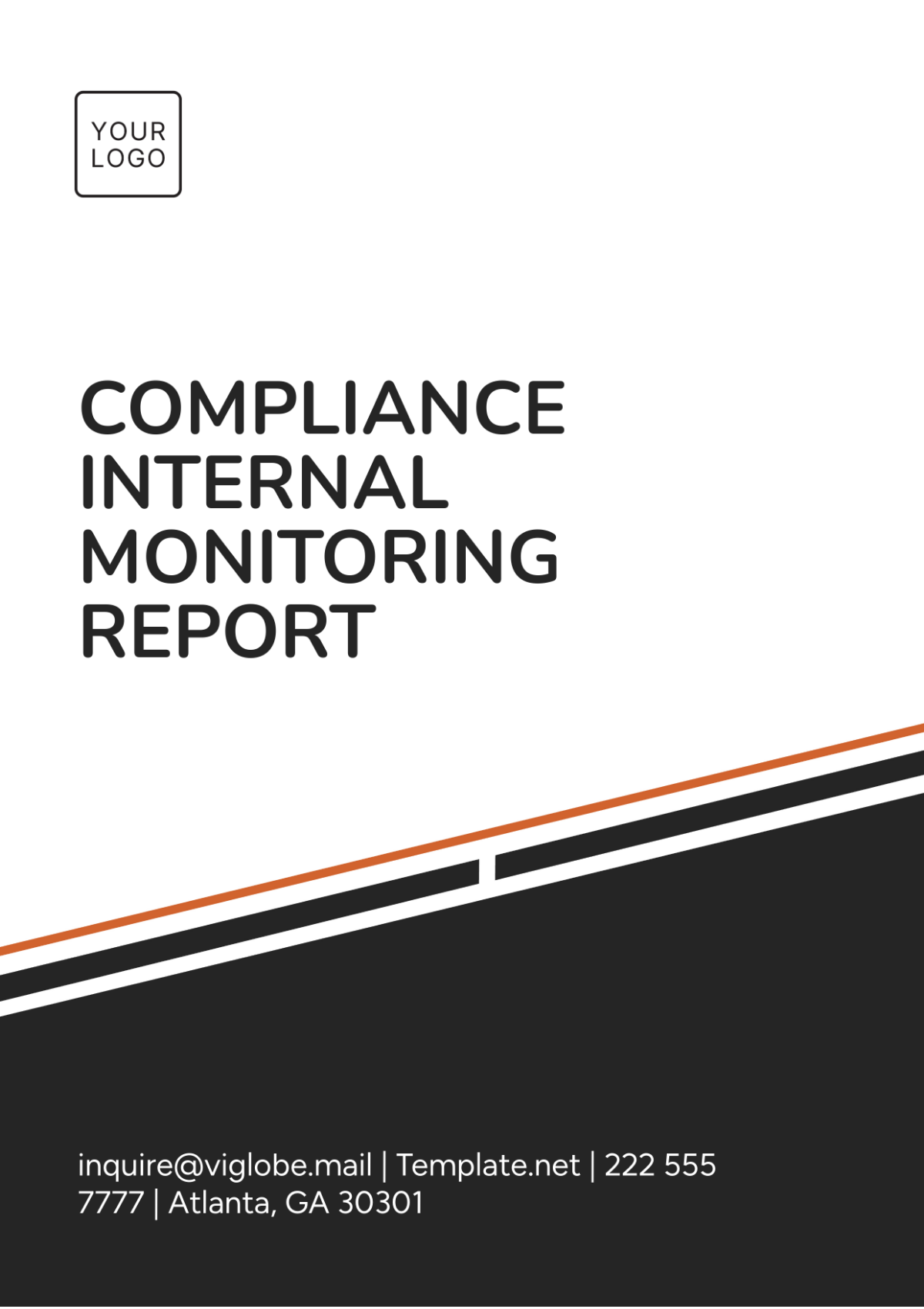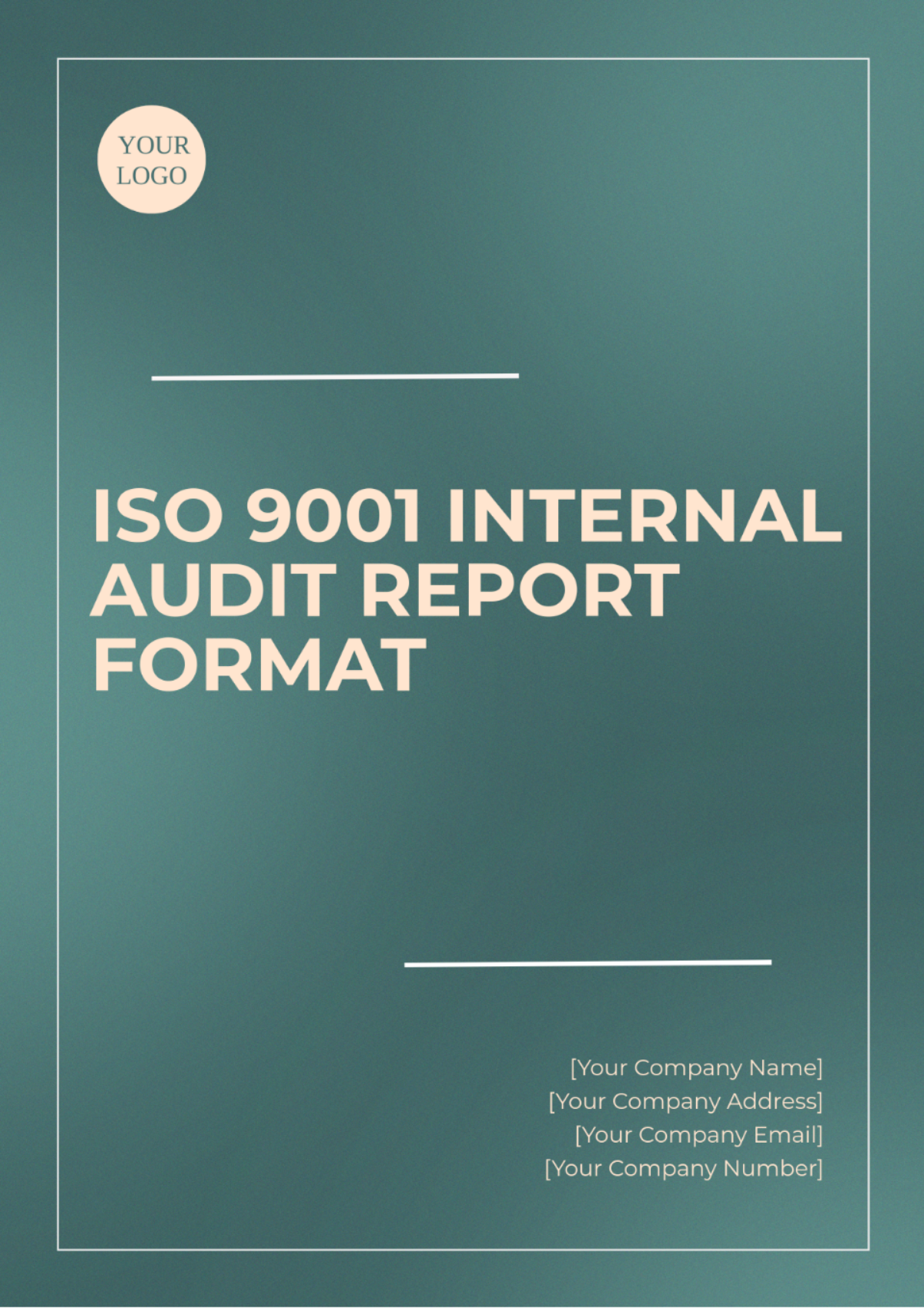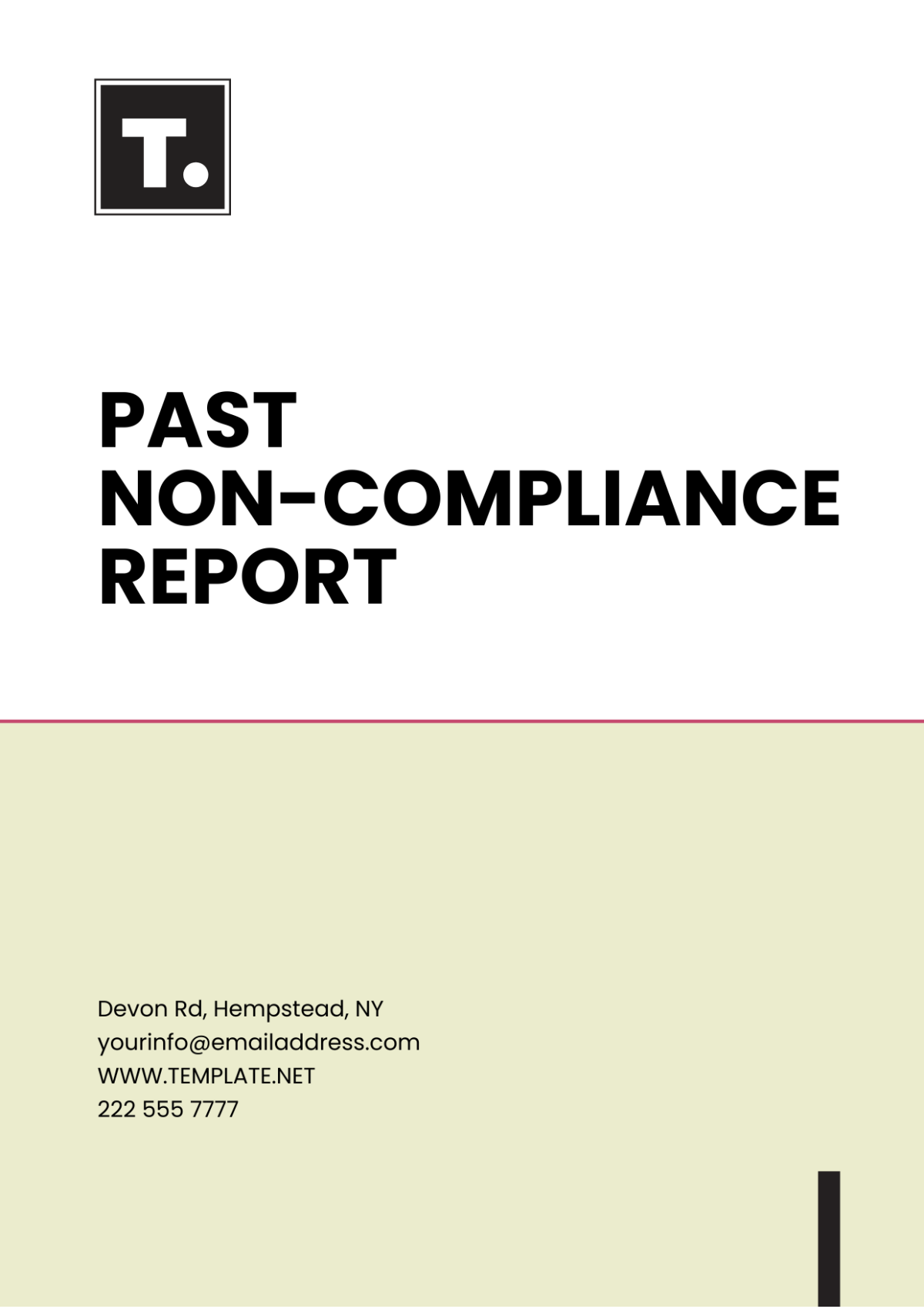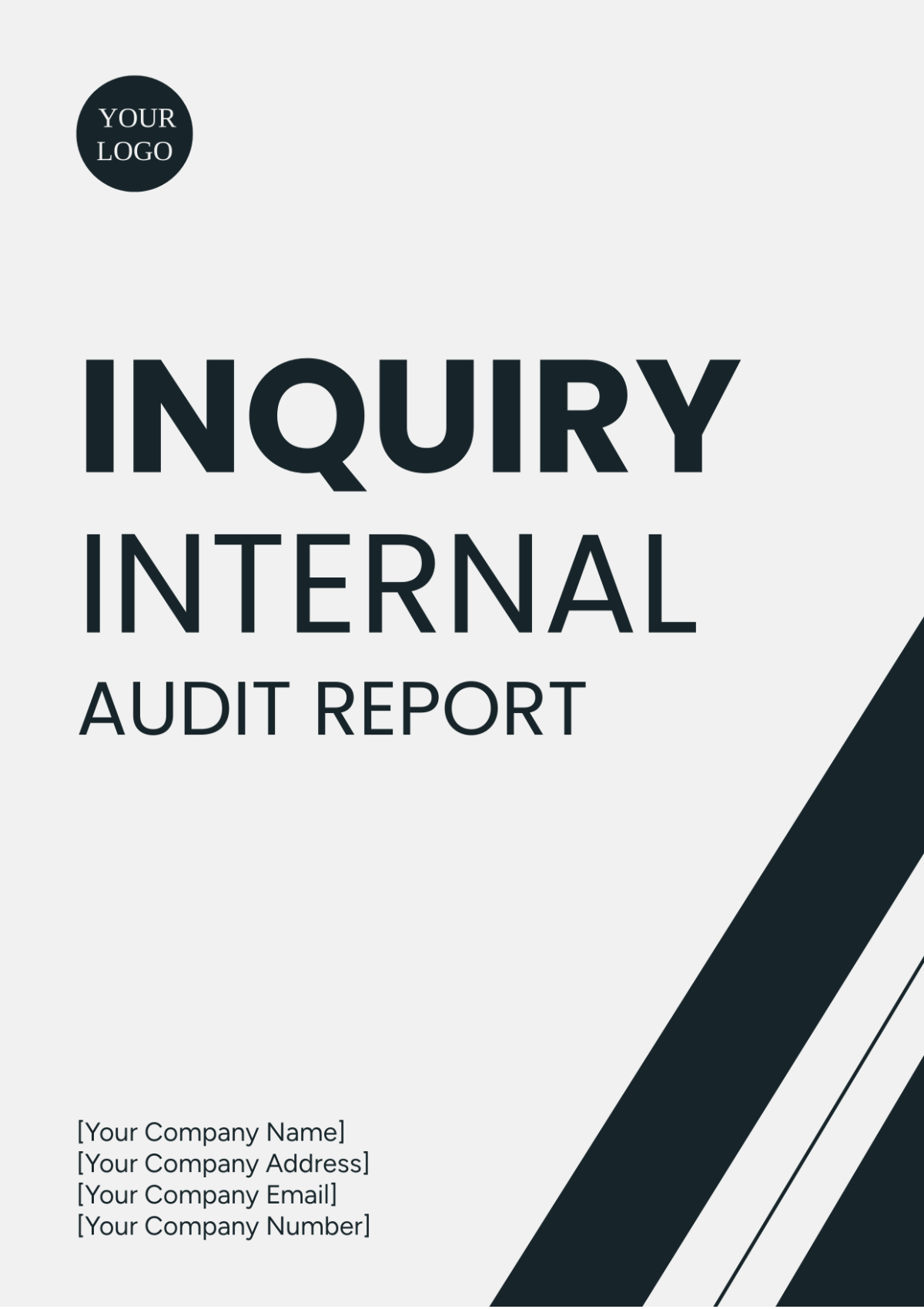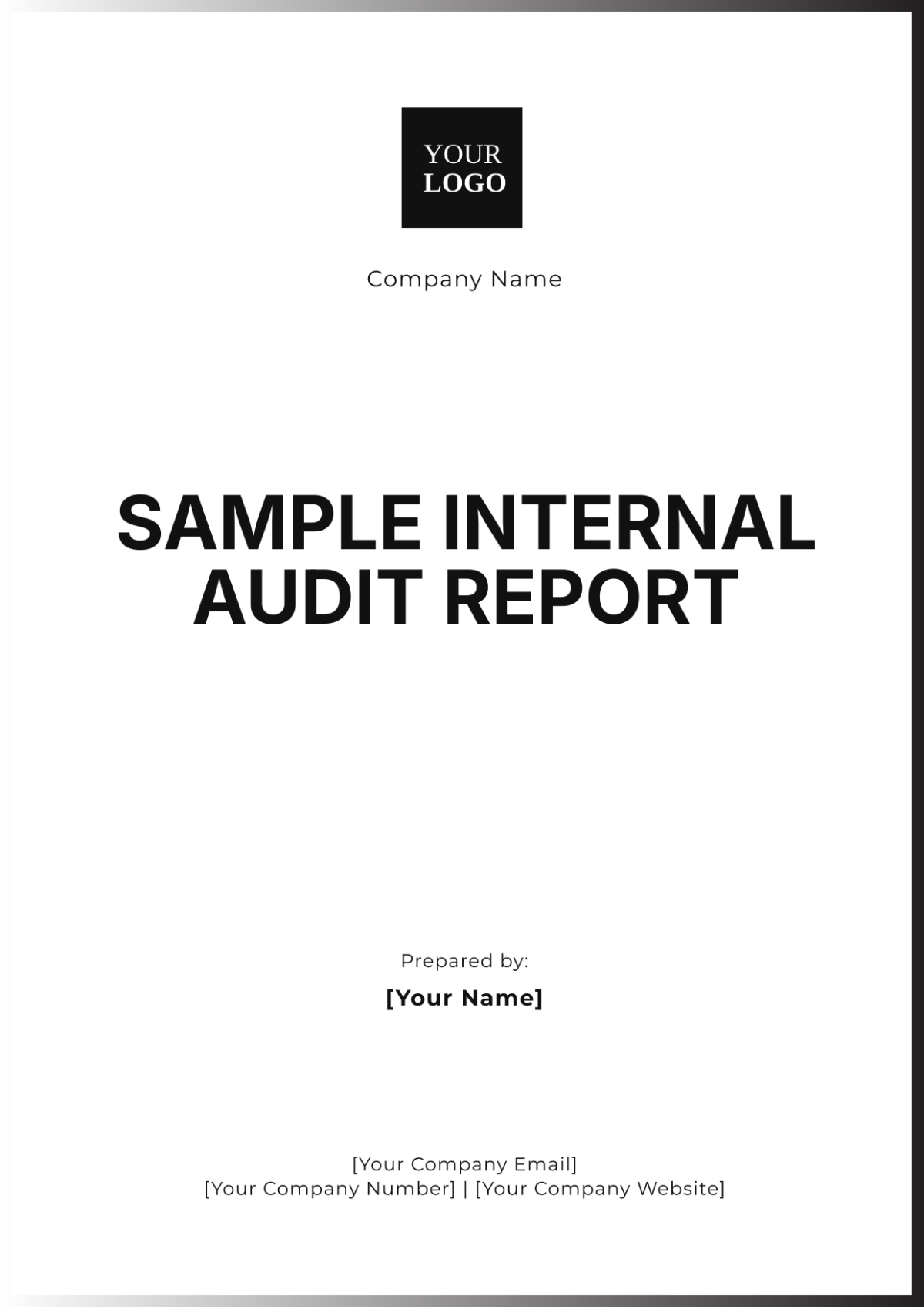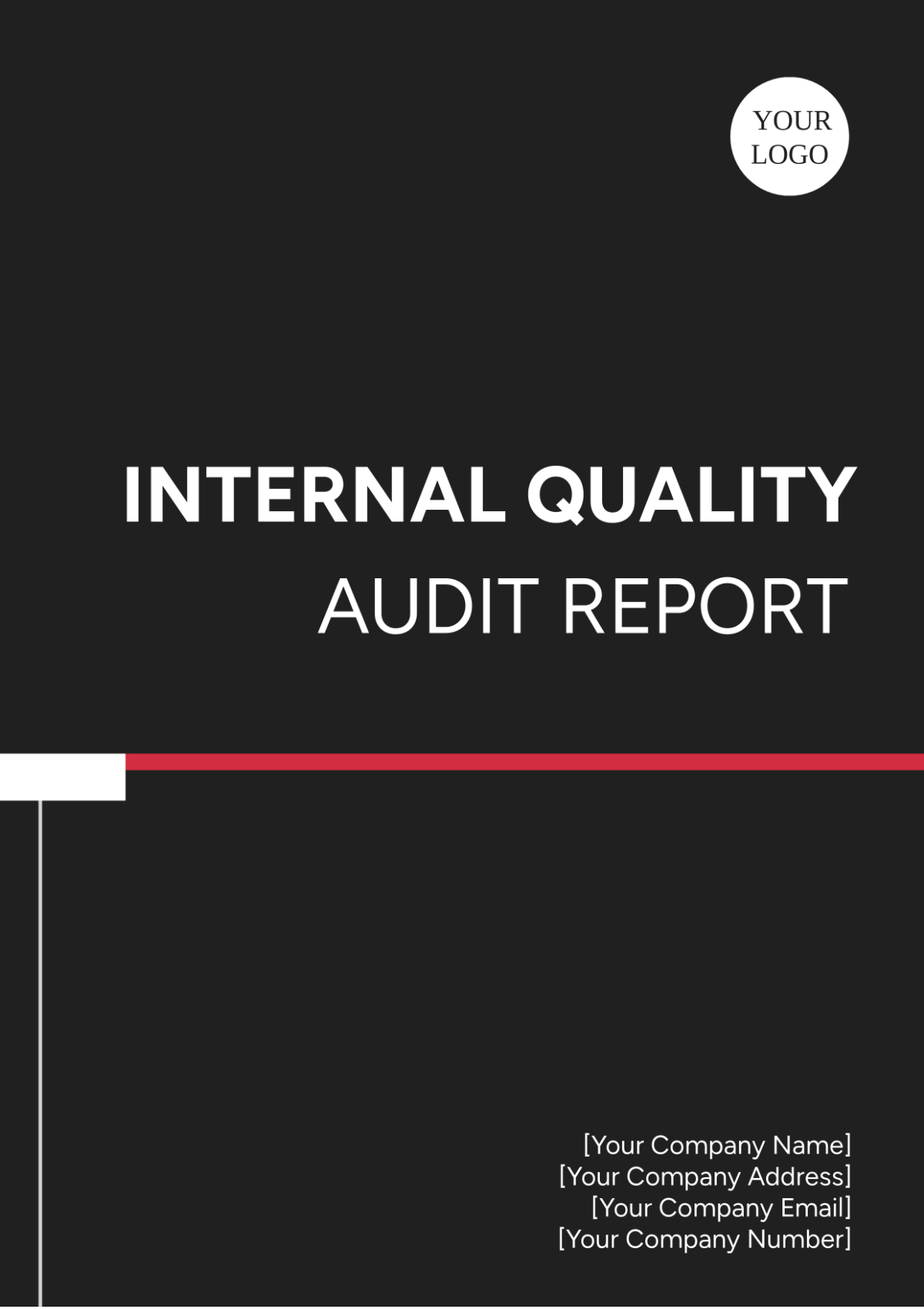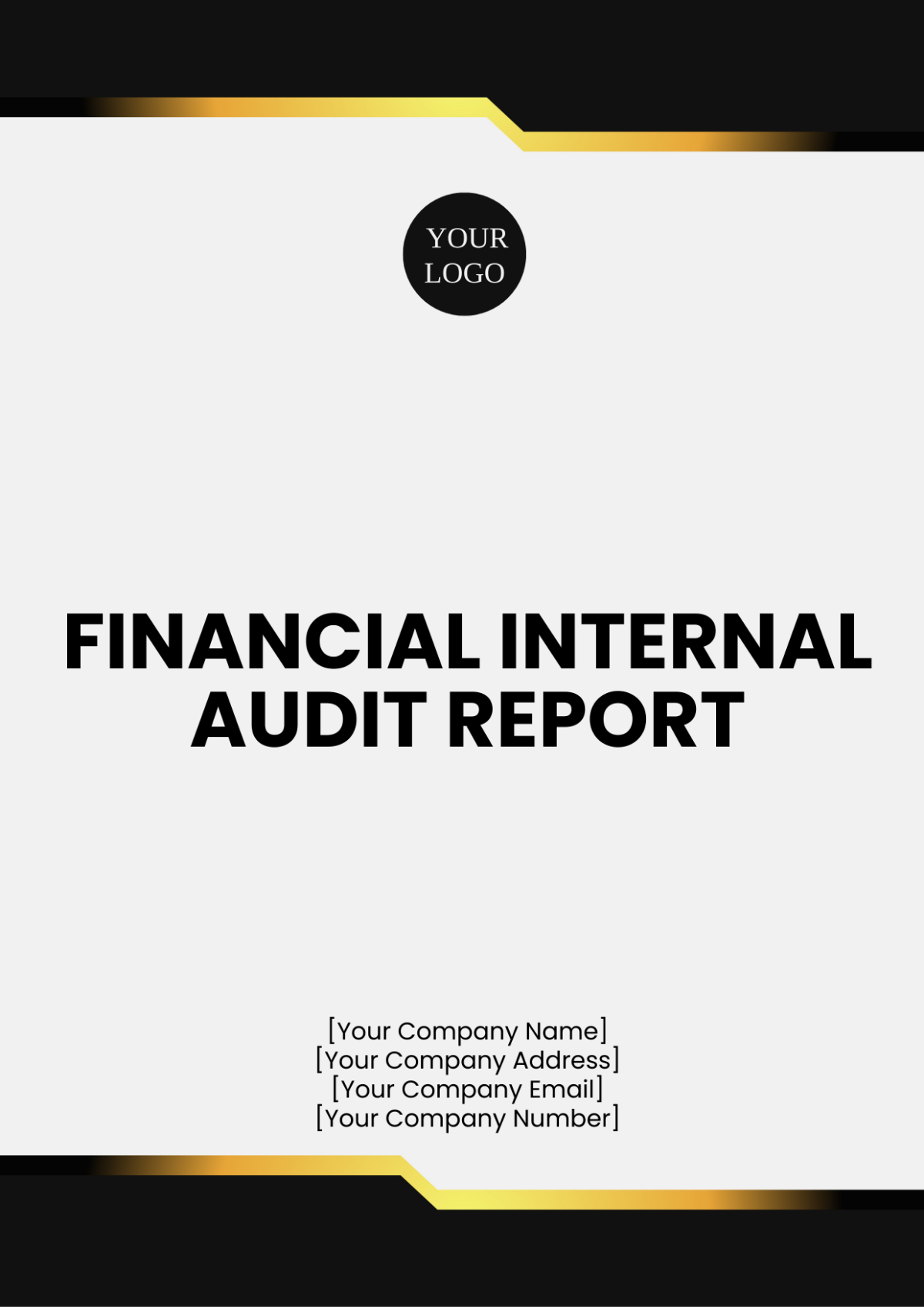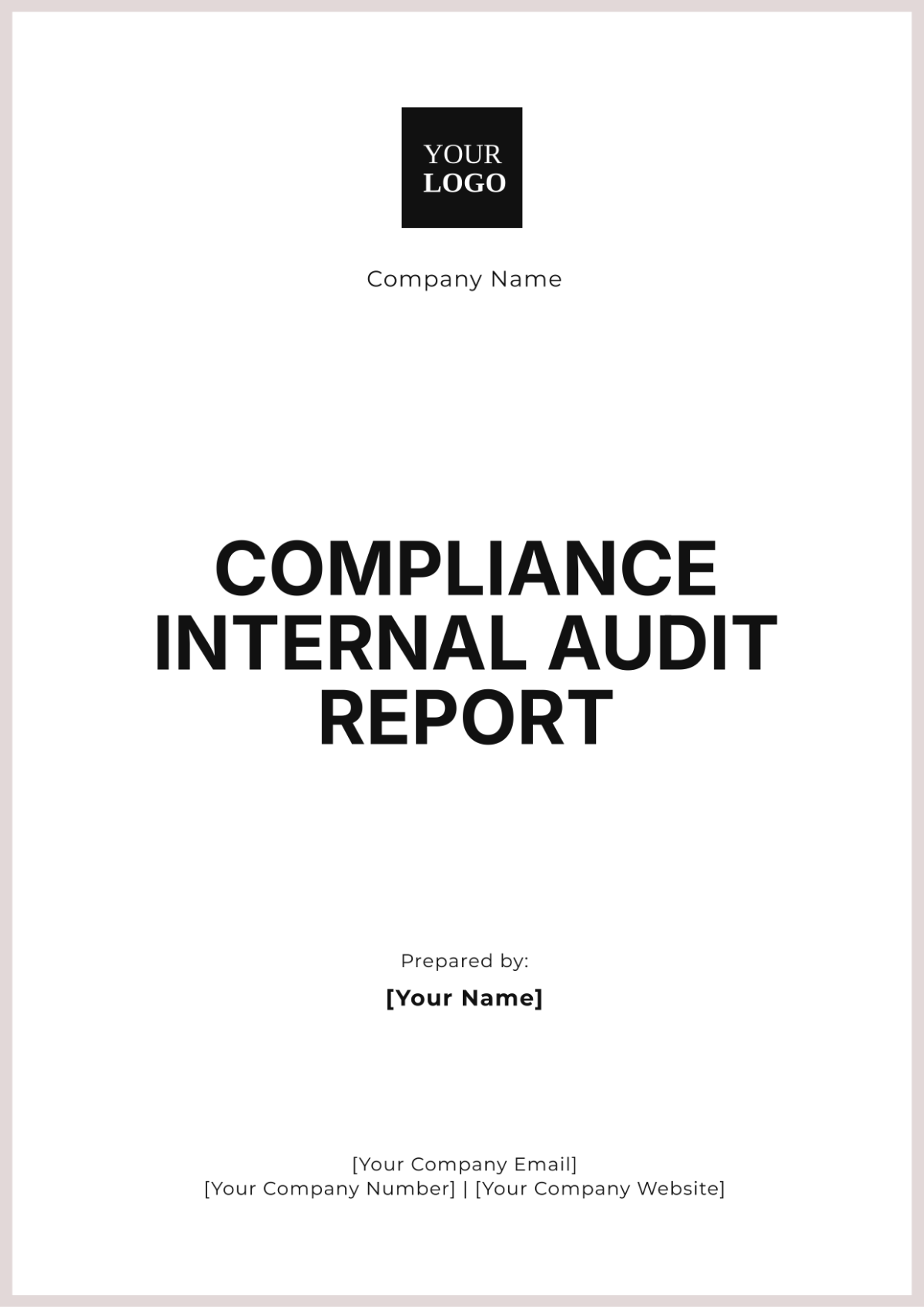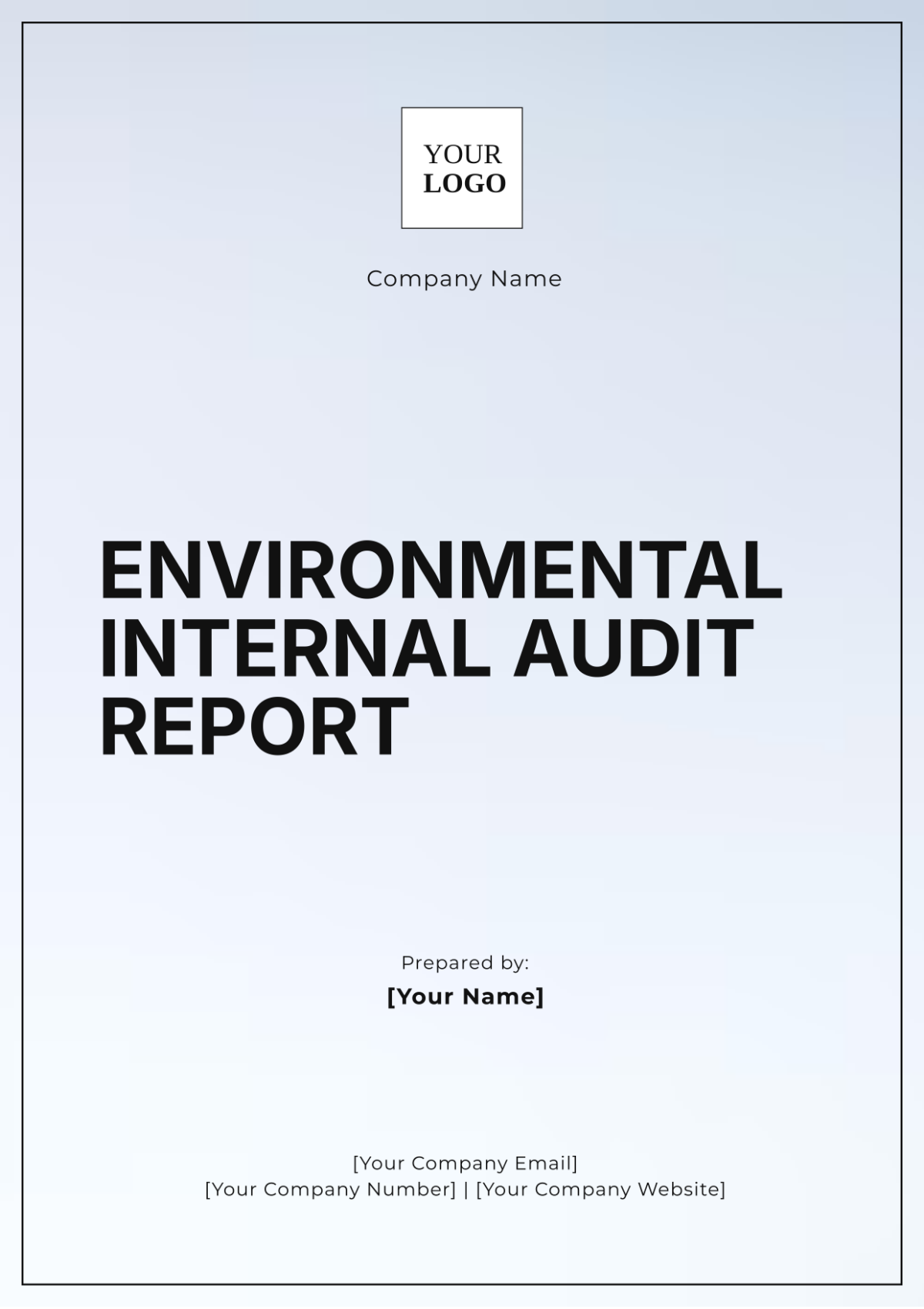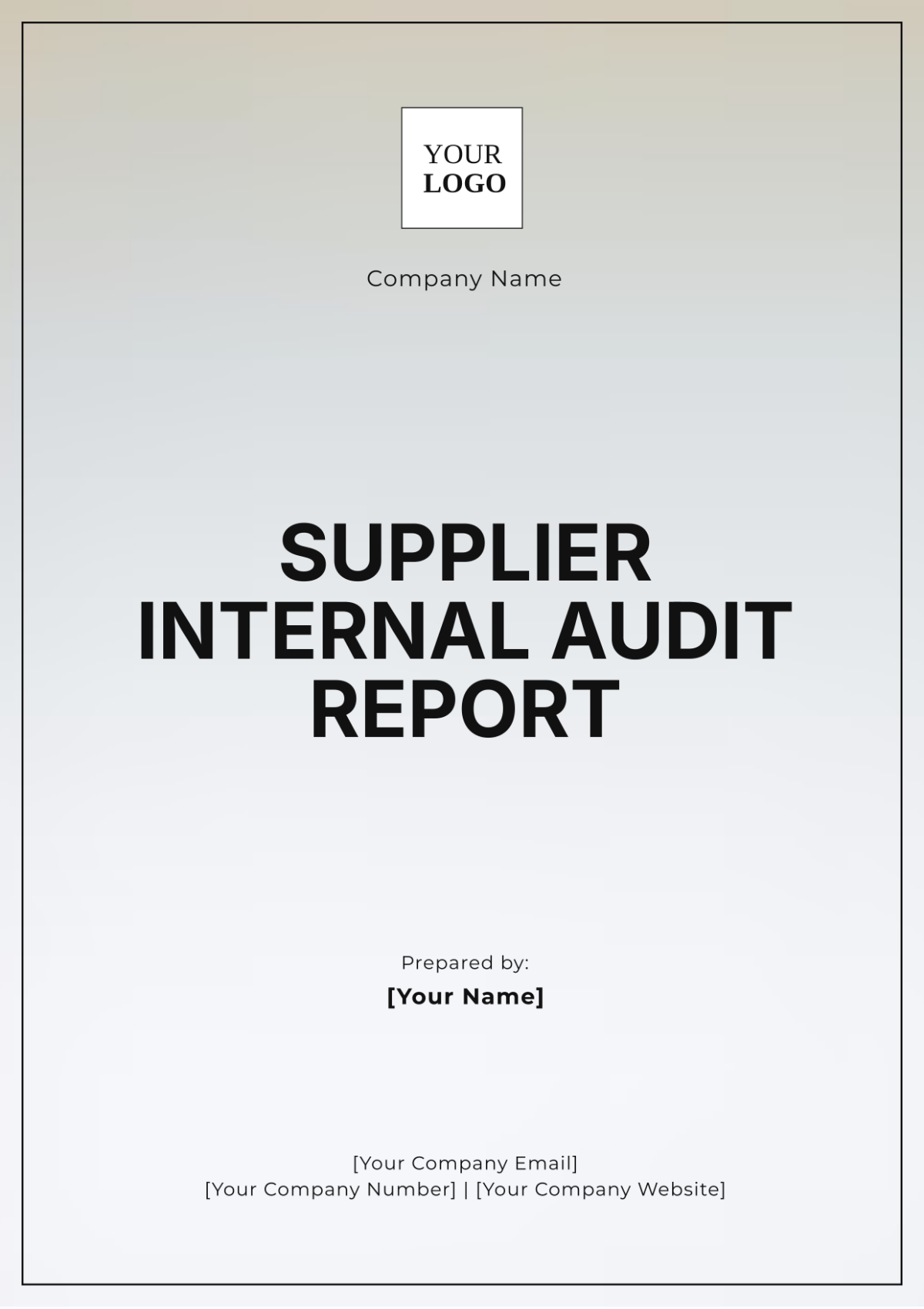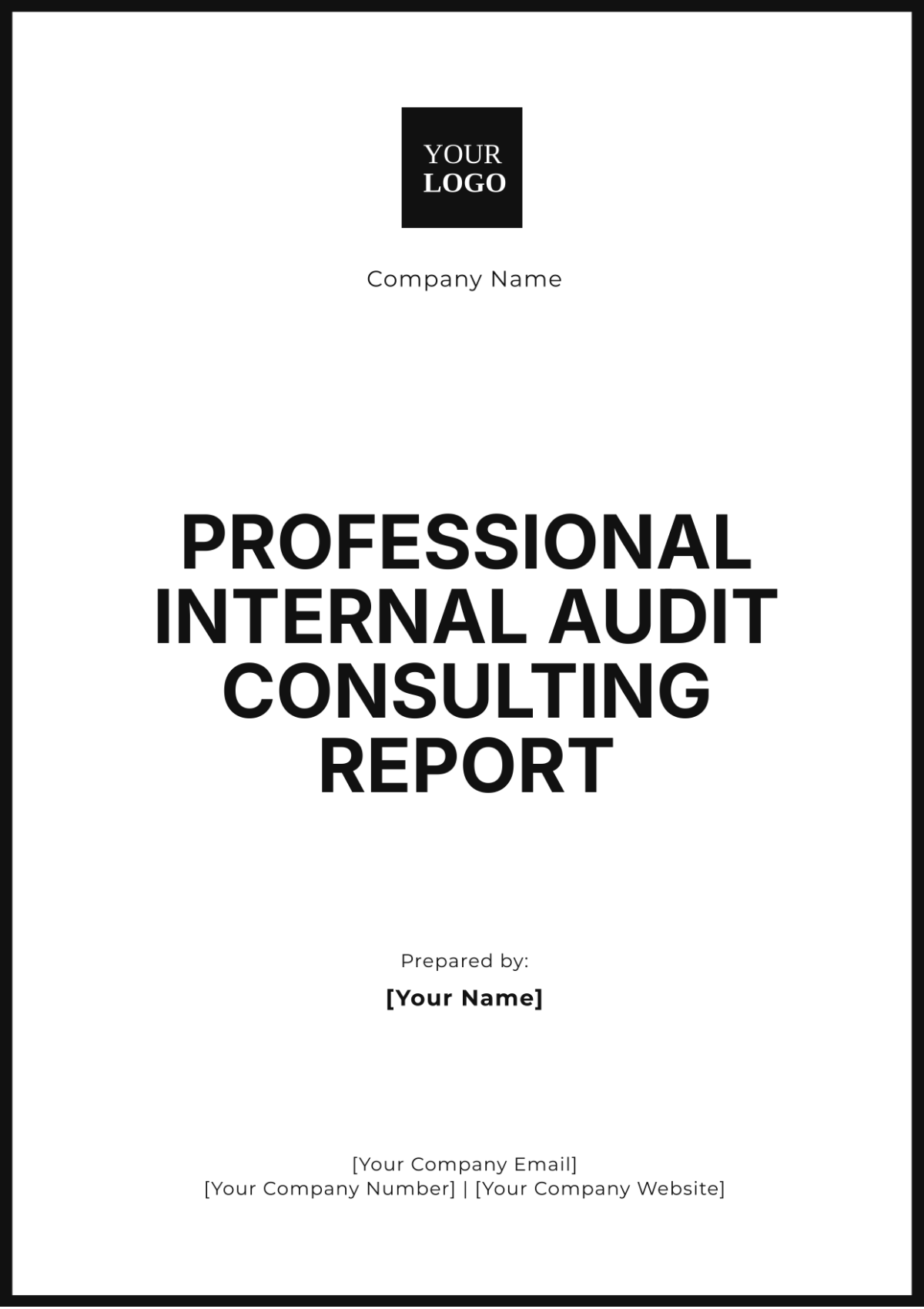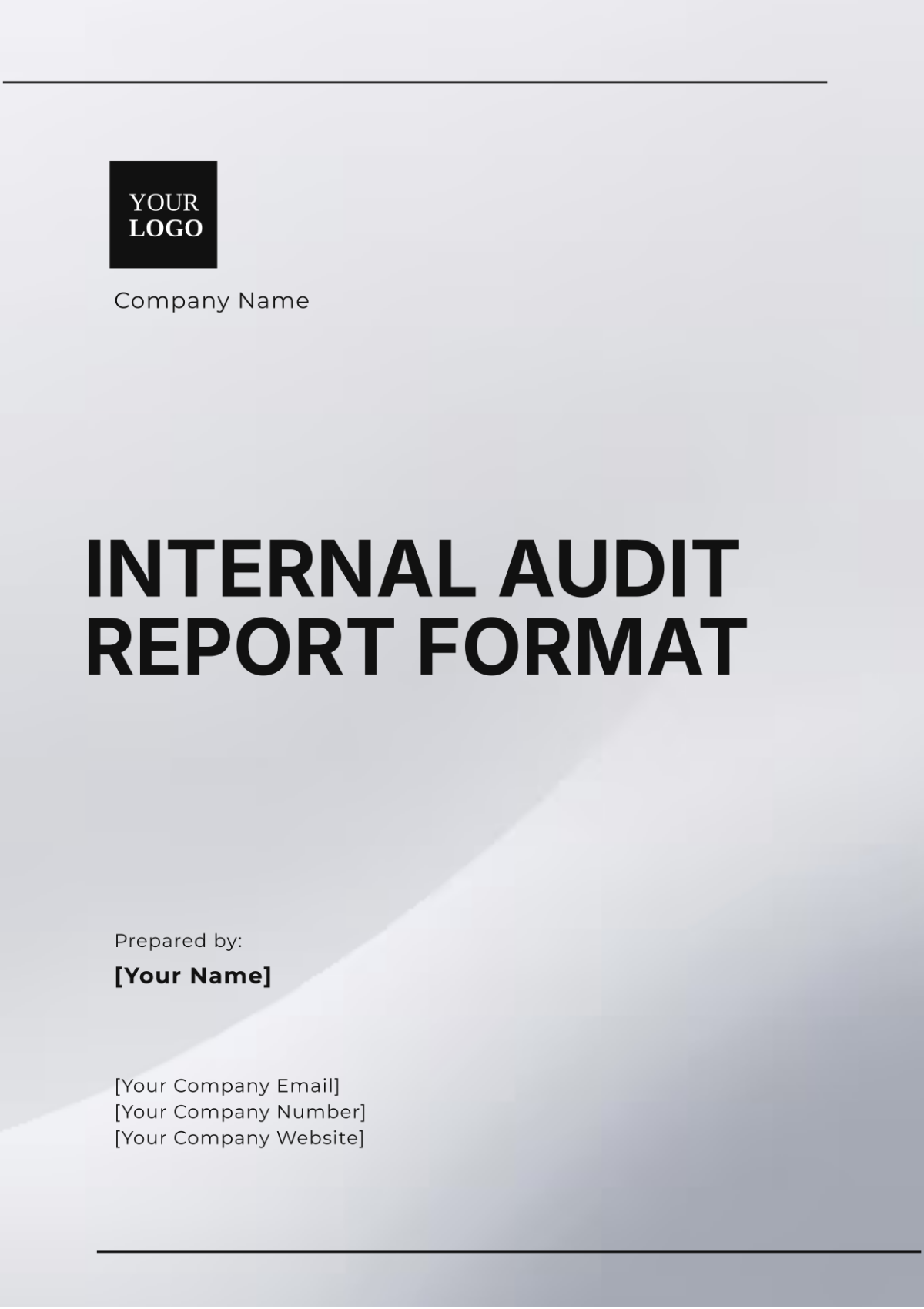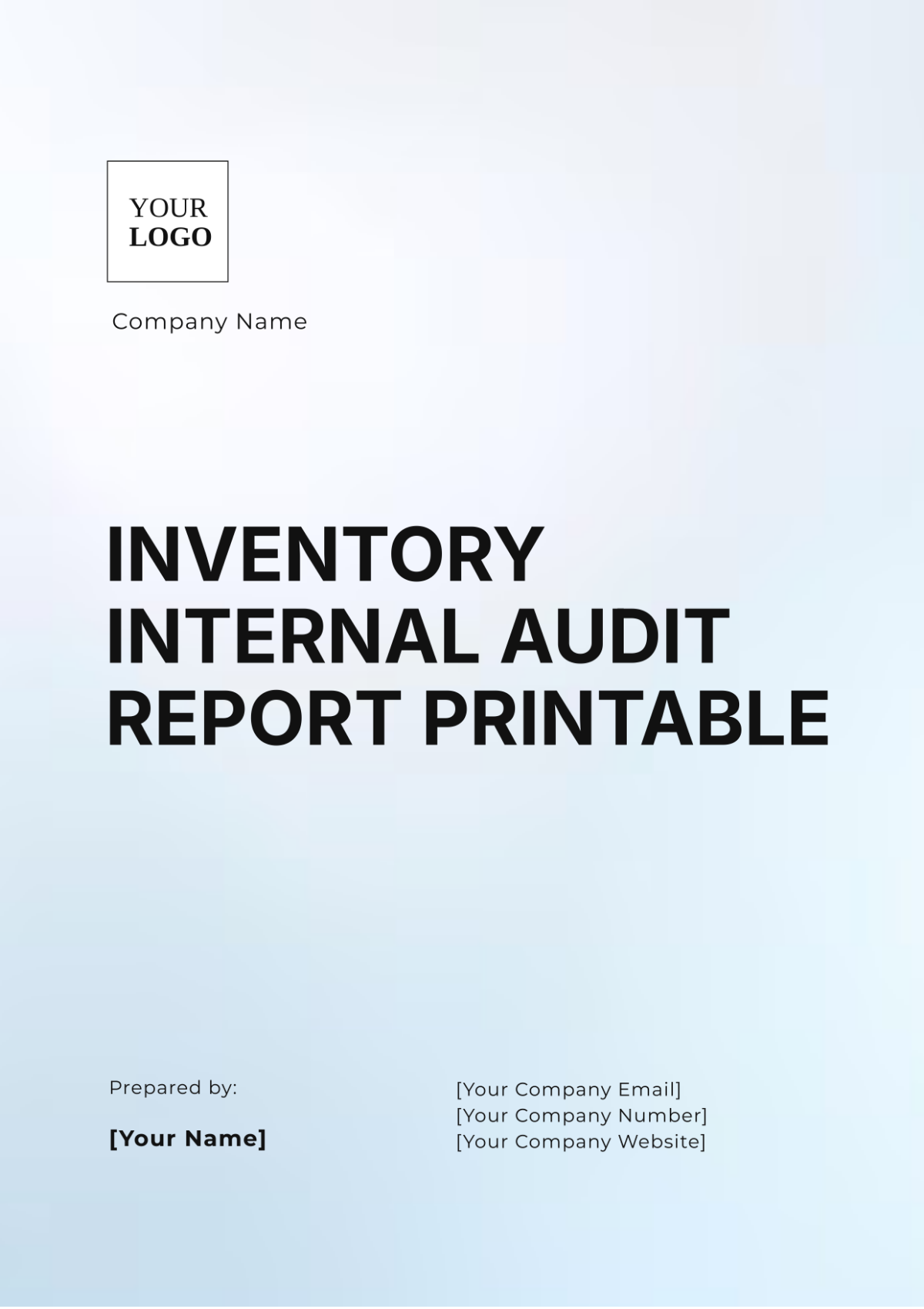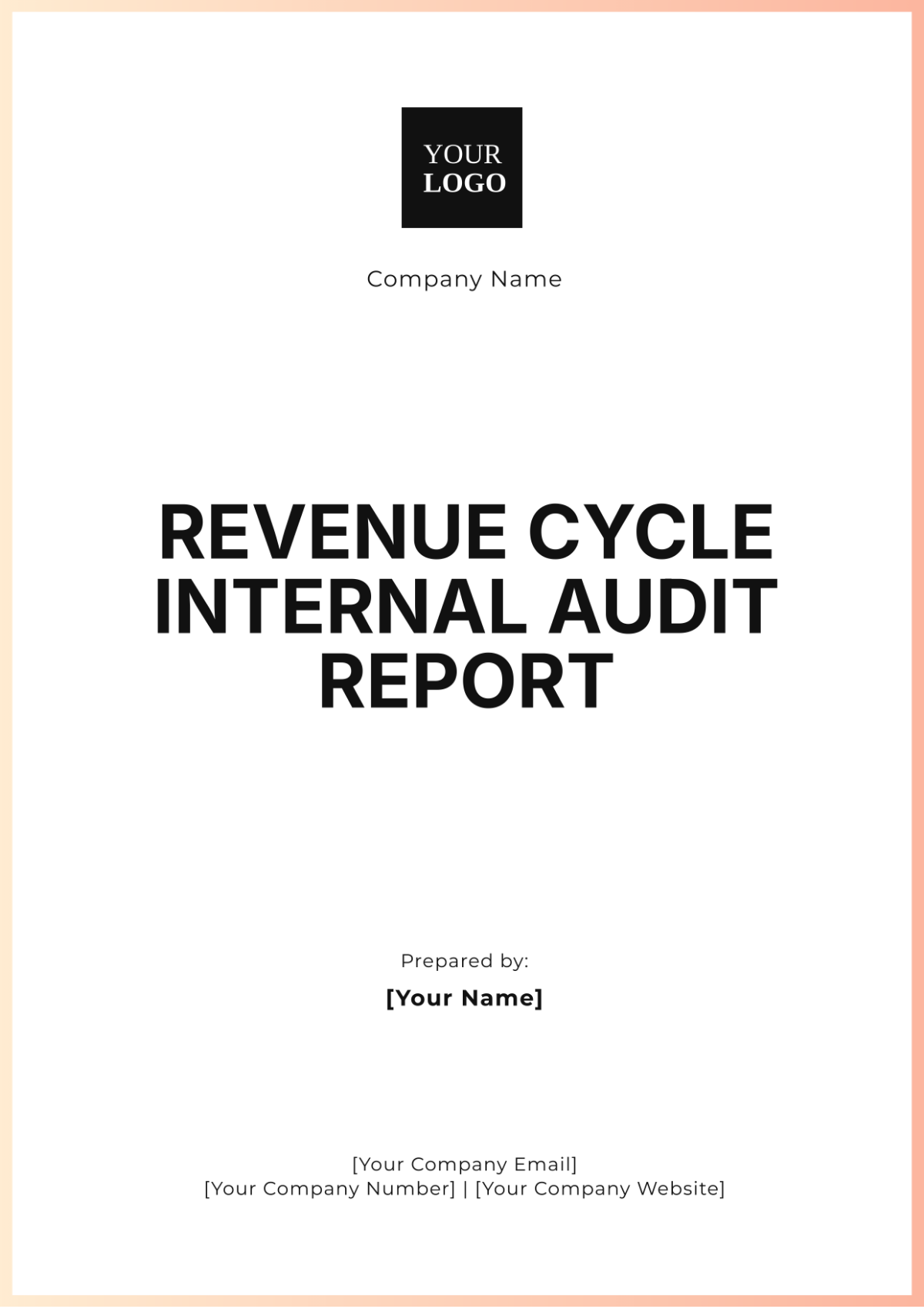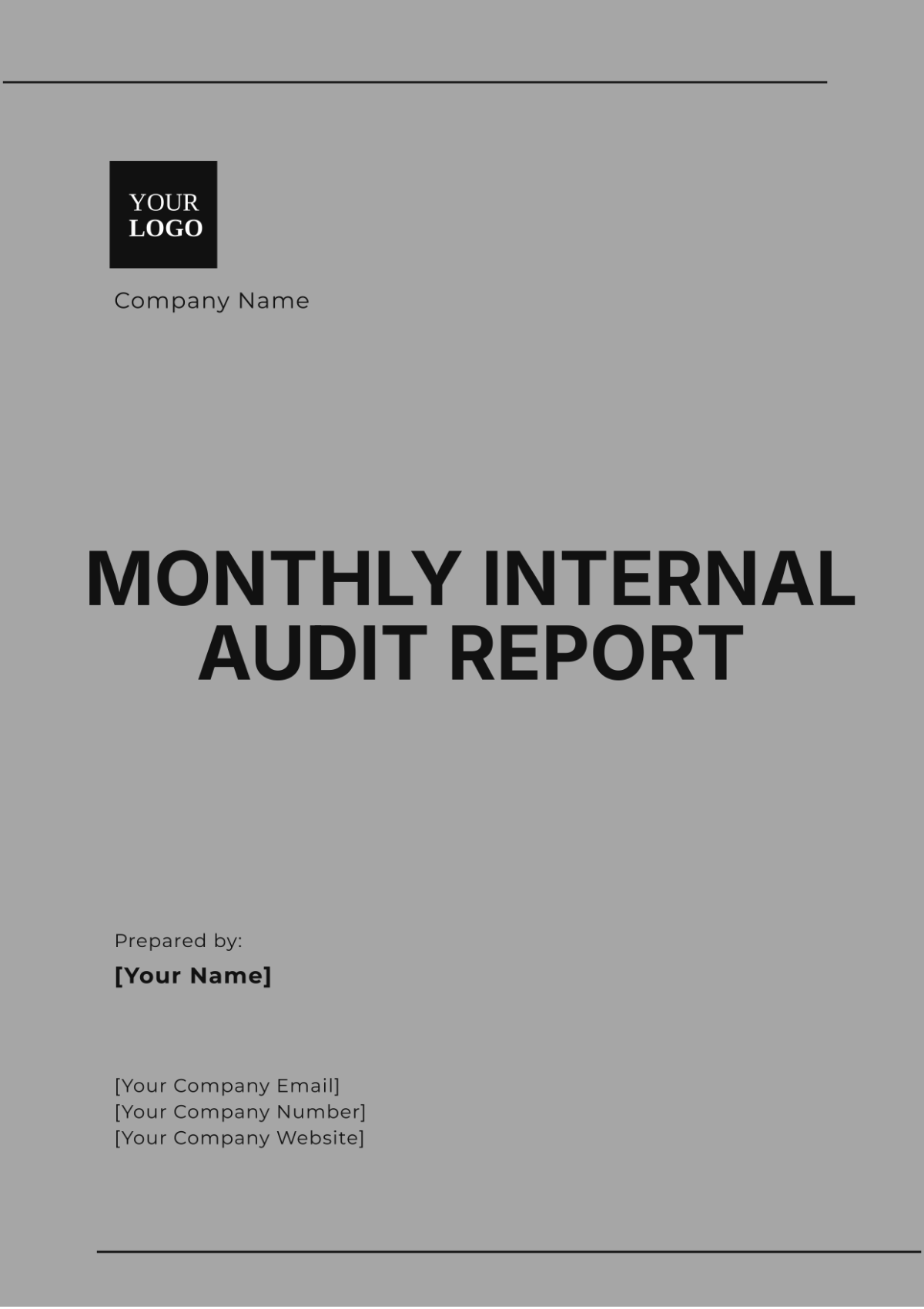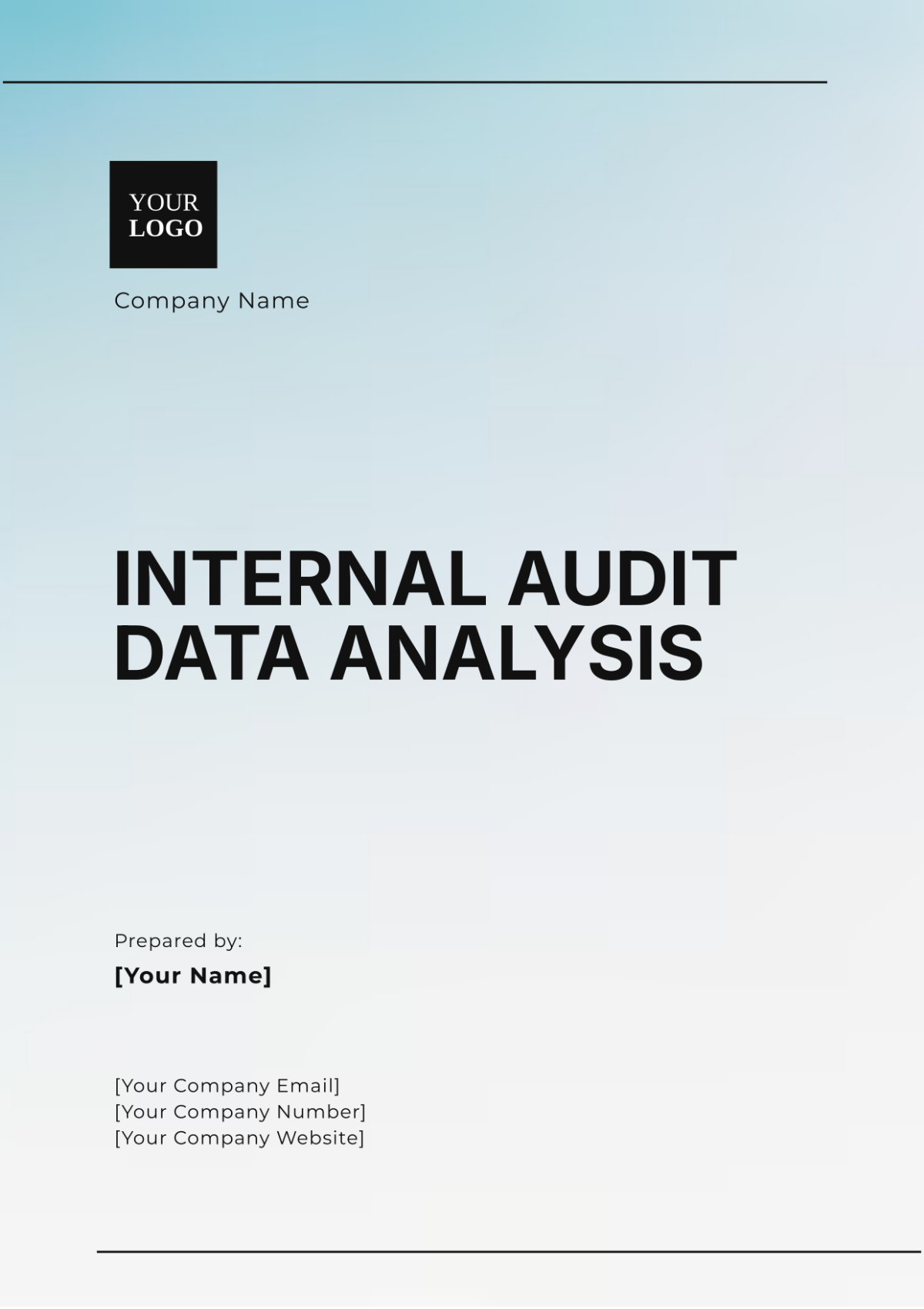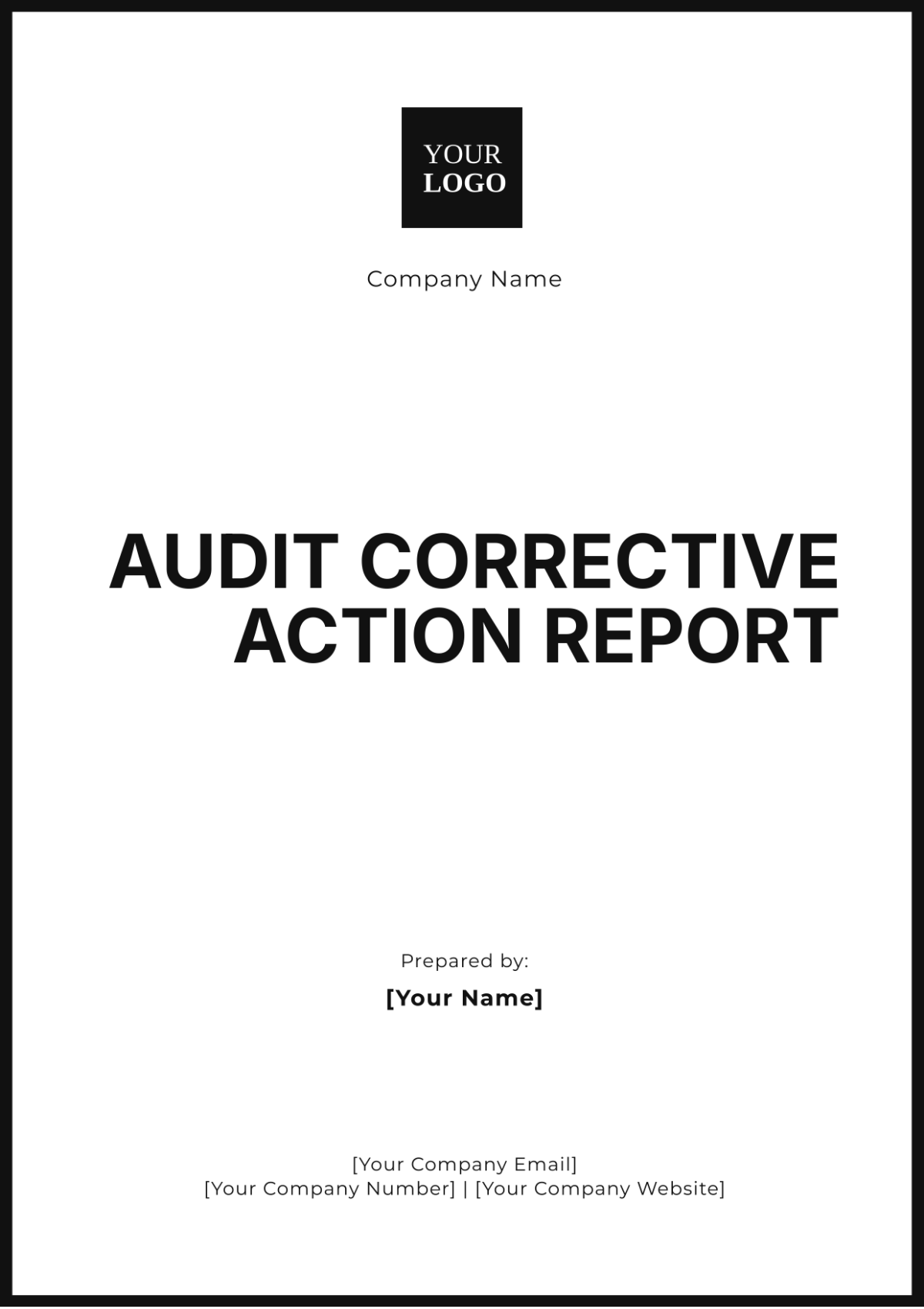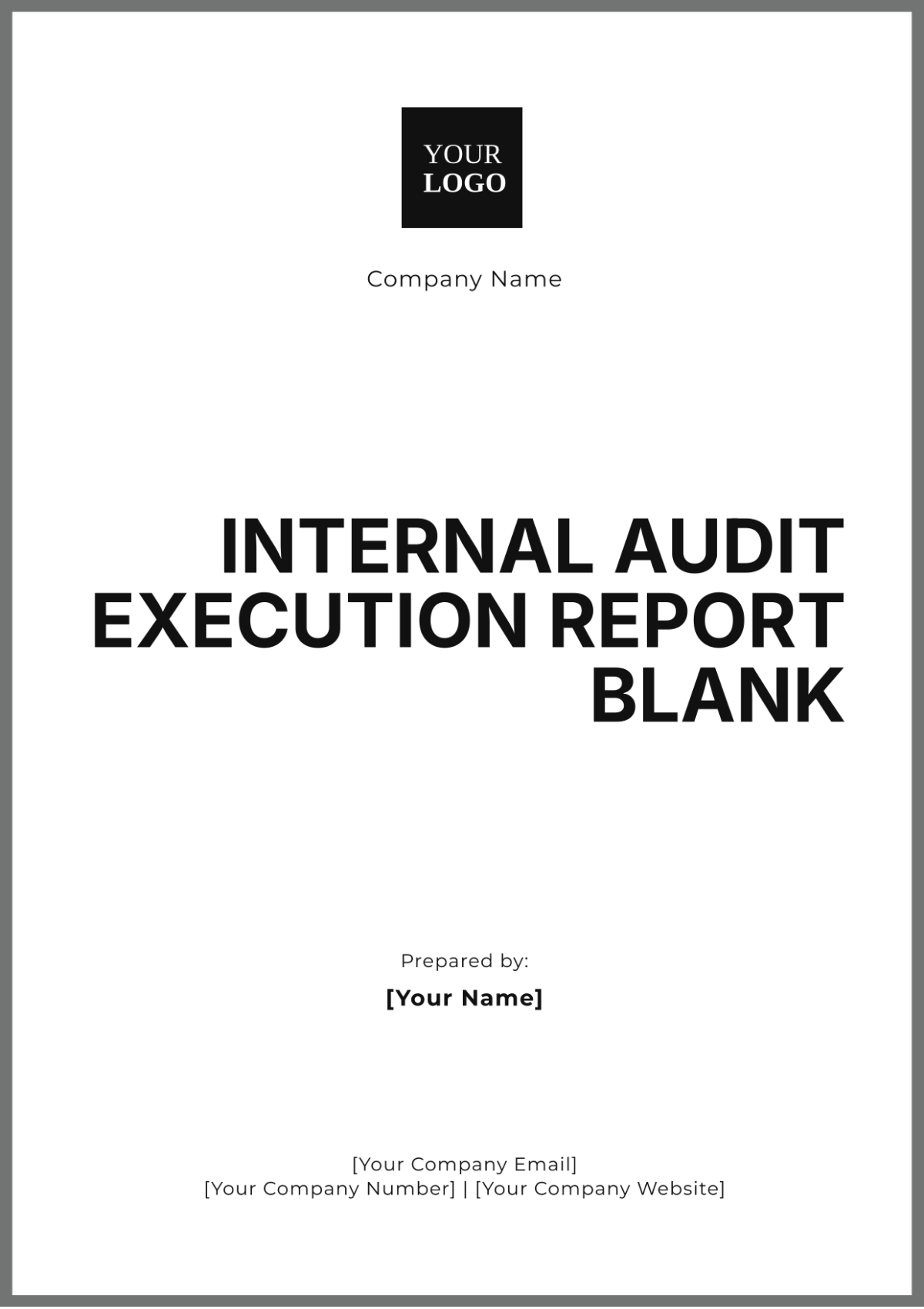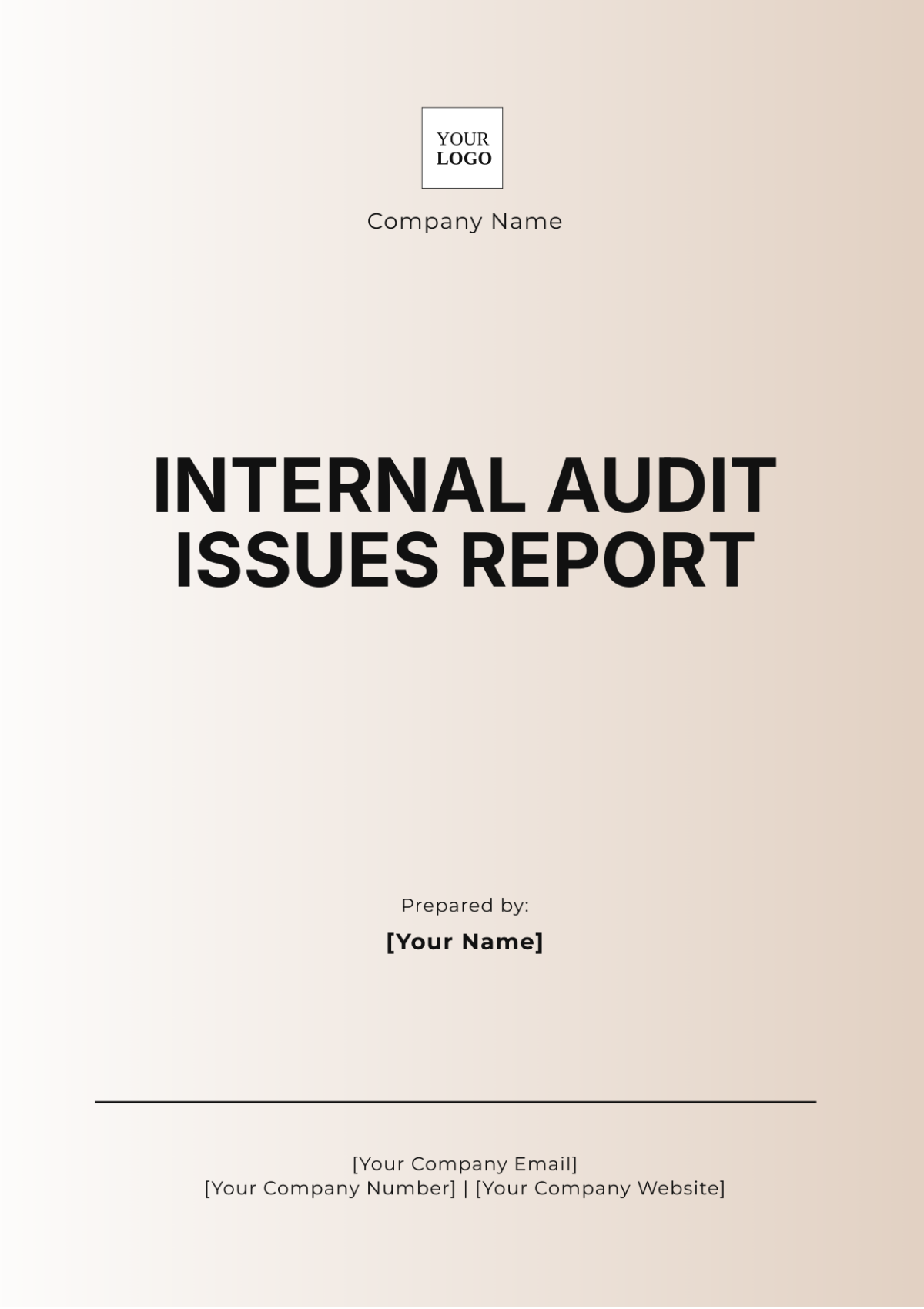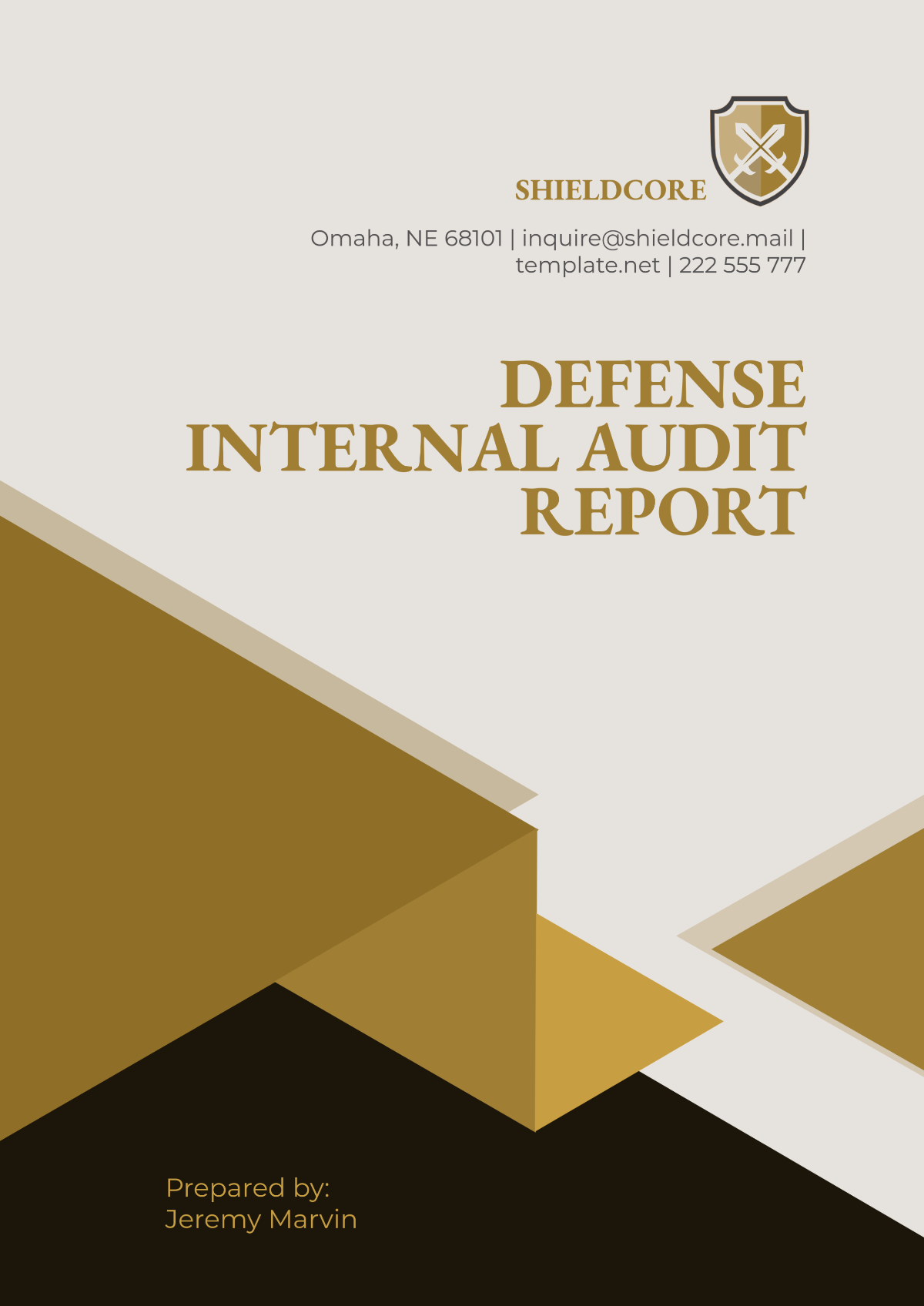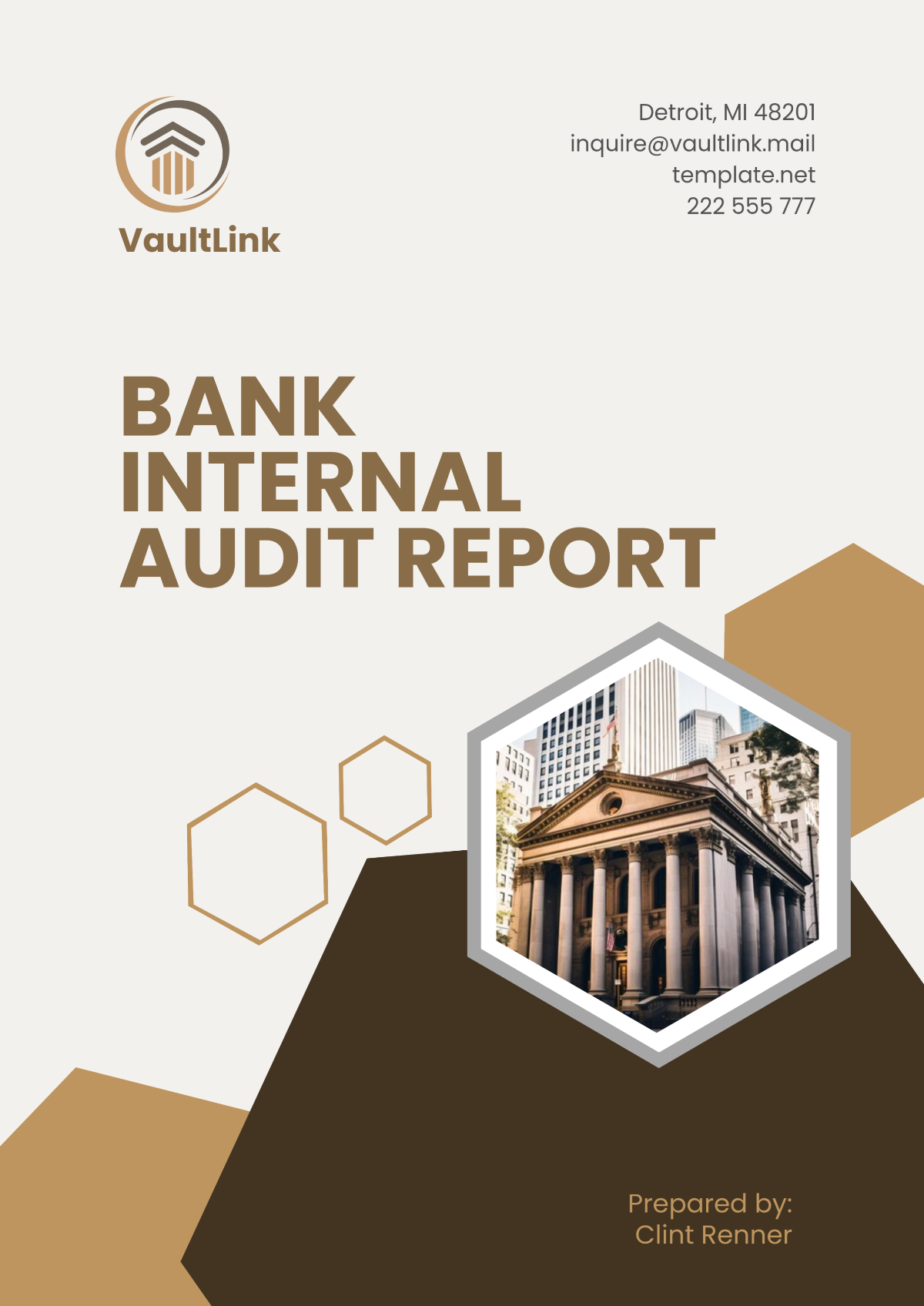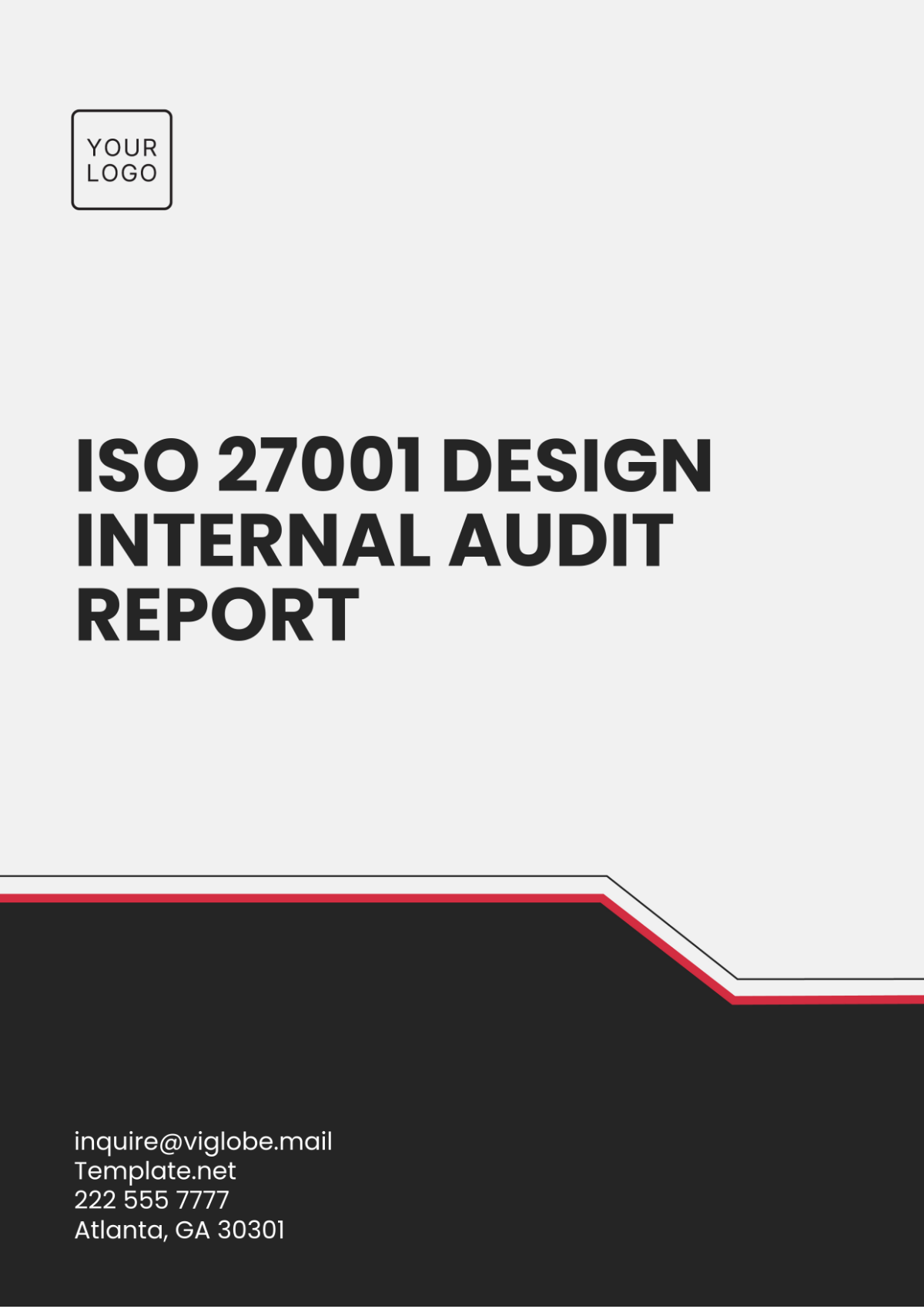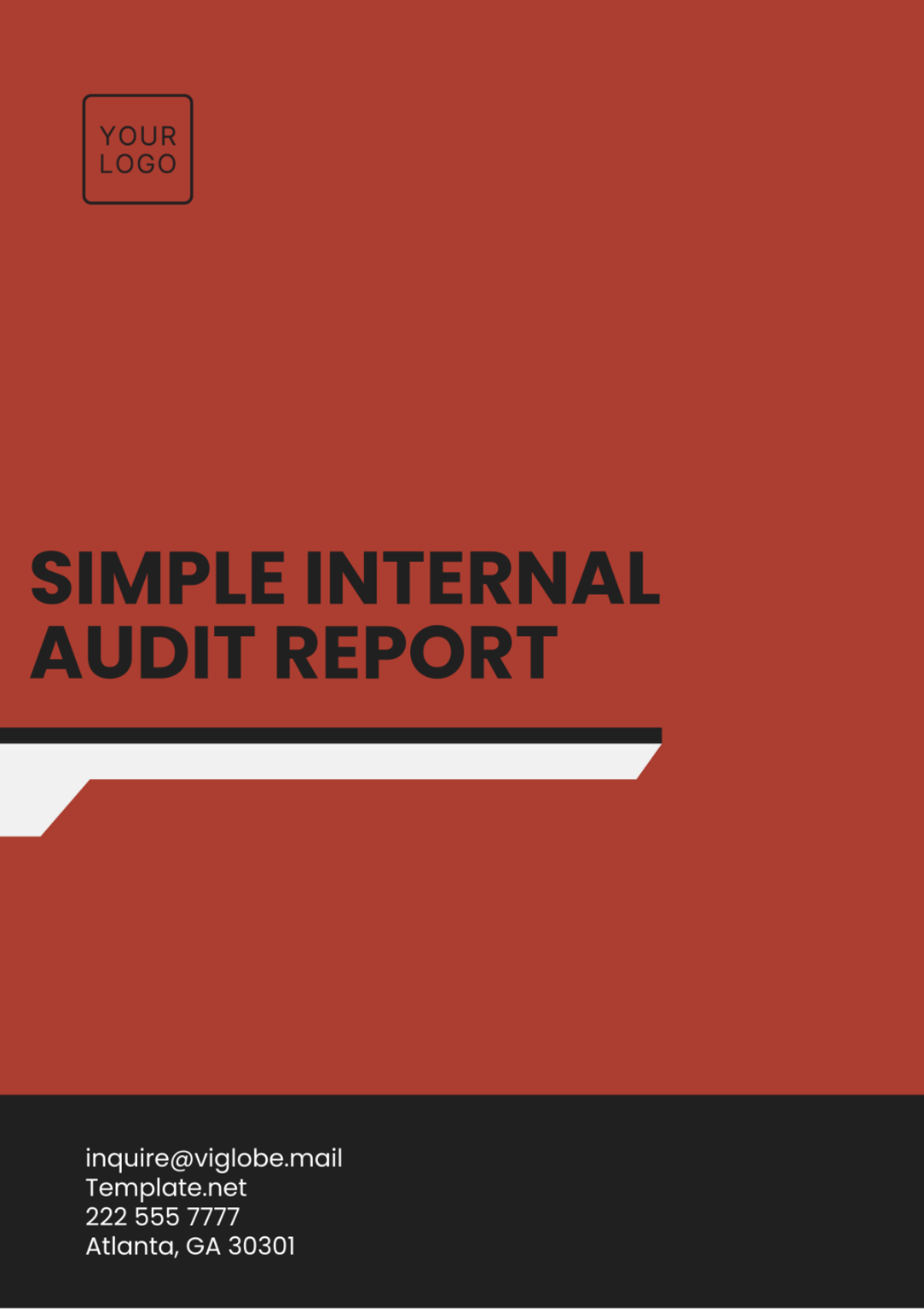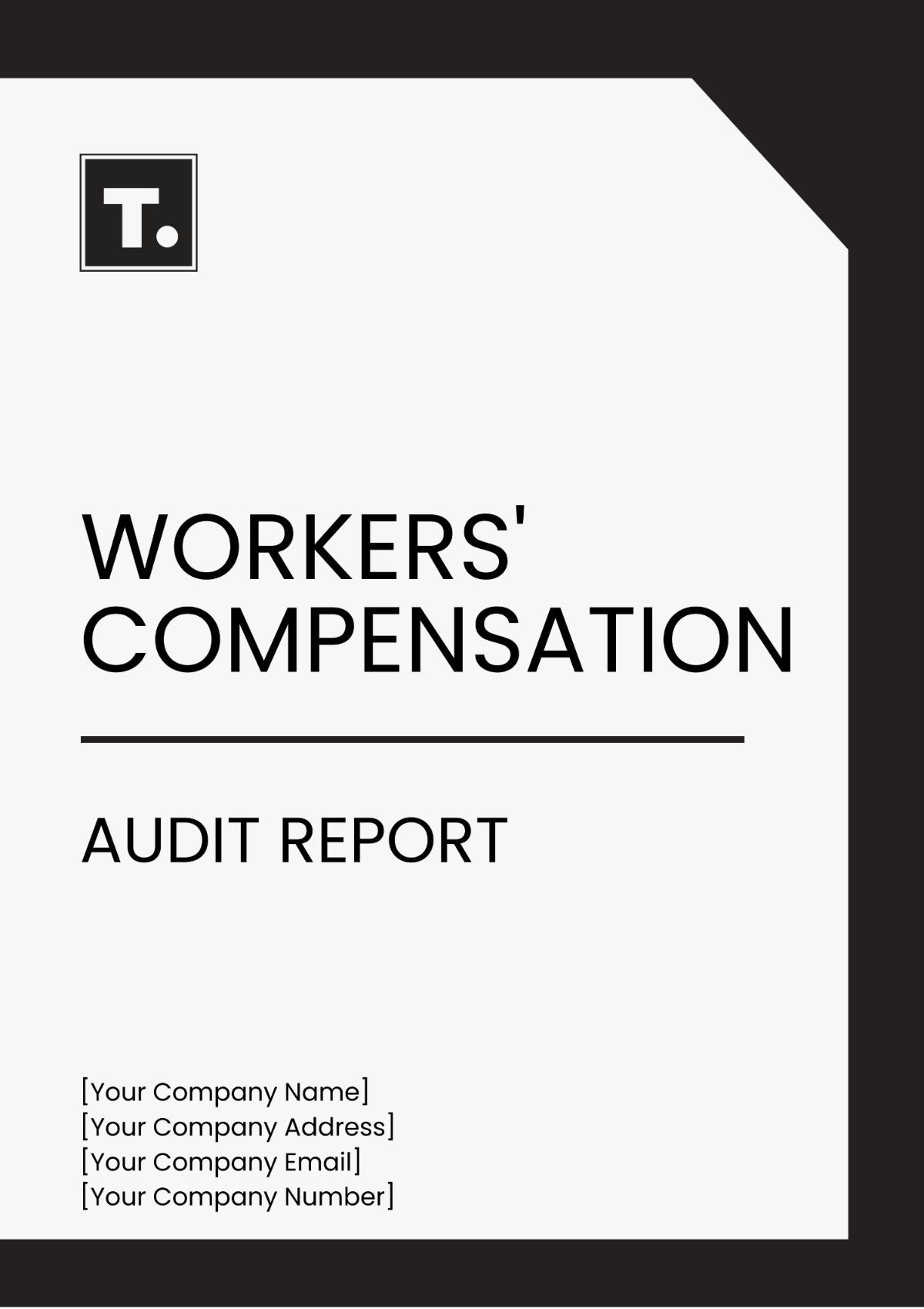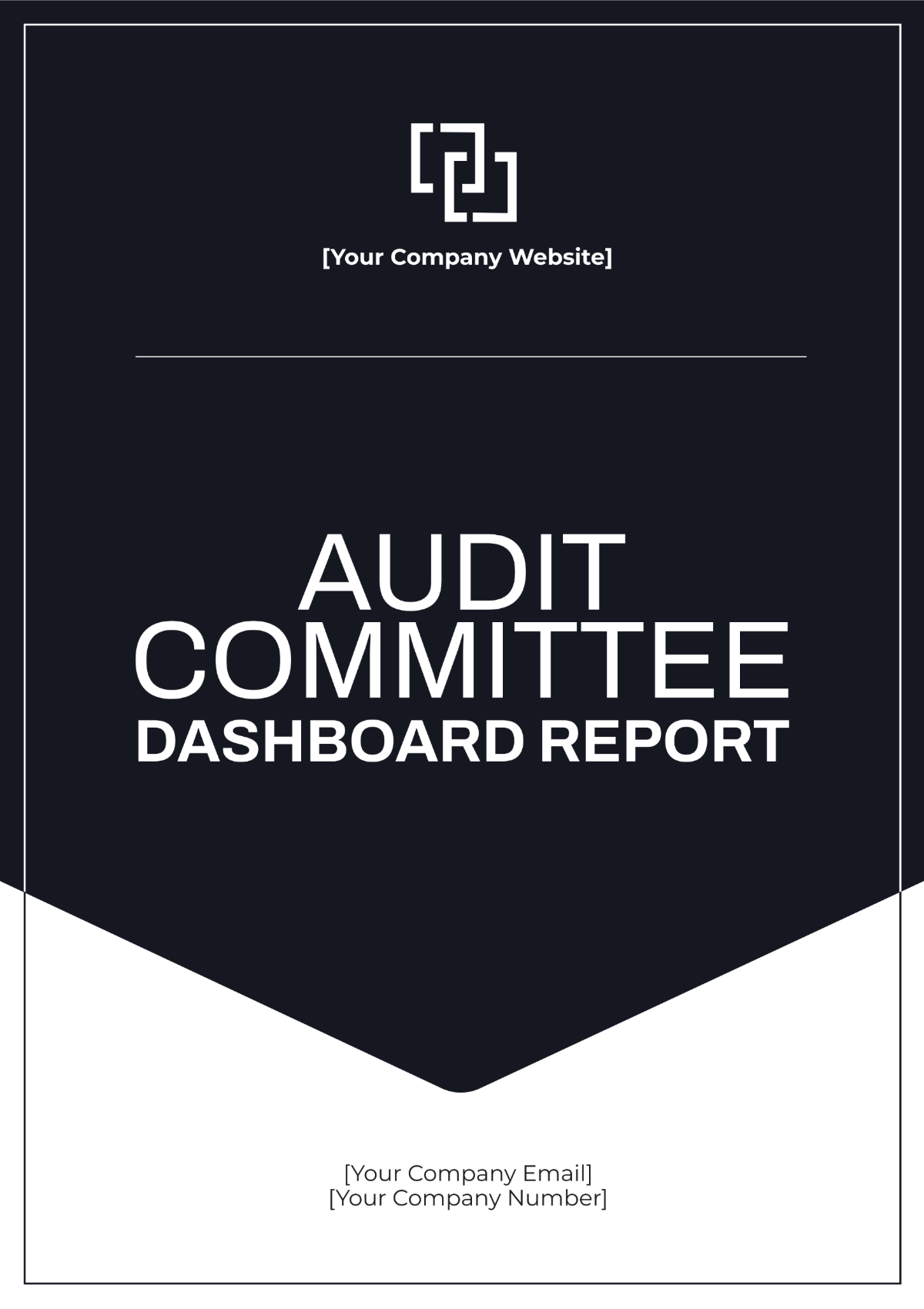Defense Internal Audit Report
I. Introduction
This Defense Internal Audit Report has been prepared by [Your Company Name] to provide a thorough assessment of the effectiveness, efficiency, and compliance of defense-related operations and processes. The primary objective of this internal audit is to evaluate how well [Your Company Name] adheres to internal controls, industry best practices, and regulatory requirements established by relevant authorities, including the Department of Defense (DoD) and other applicable federal and state laws. The audit examines operational procedures, resource utilization, and compliance with contractual obligations to ensure that [Your Company Name] maintains high standards of integrity and performance in defense-related activities.
This report also highlights potential risks and areas for improvement in the company’s processes and systems. By identifying these opportunities, [Your Company Name] aims to enhance operational performance, mitigate compliance risks, and ensure alignment with strategic goals. The audit findings will be used to refine policies, strengthen internal controls, and ensure that all defense operations are conducted in full compliance with relevant regulations and legal requirements.
II. Objectives
To evaluate the internal controls in place for preventing and detecting fraud, waste, and abuse.
To assess the compliance with applicable laws, regulations, and policies.
To determine the efficiency and effectiveness of operational processes.
To identify areas for improvement and provide recommendations.
III. Scope
The scope of this audit covers multiple departments and divisions within the defense sector, with a specific focus on procurement processes, financial management, human resources, and overall operational compliance. Key areas under review include contract management, budget allocations, personnel policies, and adherence to relevant regulatory frameworks. The audit examines activities for the fiscal year 2052, ensuring alignment with organizational objectives and compliance with federal laws, Department of Defense guidelines, and internal standards.
IV. Methodology
The audit was conducted in full compliance with the International Standards for the Professional Practice of Internal Auditing, as outlined by the Institute of Internal Auditors (IIA). A systematic approach was employed to gather and assess relevant data to ensure the thorough evaluation of defense operations. The methodology utilized for this audit included:
Document Reviews: Analysis of policies, procedures, contracts, and other relevant documentation to assess compliance with established guidelines and regulatory requirements.
Interviews with Key Personnel: Discussions with department heads, management, and staff to gain insights into internal controls, operational practices, and any potential areas of concern.
Analysis of Financial Statements: Examination of financial records to assess accuracy, transparency, and adherence to fiscal regulations.
Observation of Processes: Direct observation of operational workflows to assess efficiency, effectiveness, and adherence to policies.
Risk Assessment: Identification and evaluation of potential risks related to fraud, waste, and abuse within operational processes.
This comprehensive approach ensured a holistic review of [Your Company Name]'s defense-related operations and controls.
V. Key Findings
A. Procurement Processes
The review of procurement processes revealed several areas of concern. There were inconsistencies in bidding procedures and inadequate oversight, leading to potential risks of fraud and inefficiencies.
Issue | Description | Severity |
|---|---|---|
Inconsistent Bidding | Varying adherence to established bidding procedures across departments. | High |
Procurement Oversight | Inadequate oversight and monitoring mechanisms in place for procurement activities. | Medium |
B. Financial Management
The analysis of financial management practices identified discrepancies in financial reporting and inadequate internal controls over financial transactions. This could result in inaccurate financial data and increased risk of financial misstatements.
Issue | Description | Severity |
|---|---|---|
Financial Reporting Discrepancies | Inaccurate and inconsistent reporting of financial data across departments. | High |
Internal Control Weaknesses | Insufficient internal controls in place for financial transactions. | Medium |
C. Human Resources
The audit of human resources practices indicated gaps in employee training programs and inconsistencies in the implementation of performance evaluation procedures.
Training Programs: Need for structured and comprehensive training programs for employees.
Performance Evaluations: Disparities in the application of performance evaluation criteria.
VI. Recommendations
A. Procurement
To improve procurement practices, it is recommended that [Your Company Name] implement standardized and transparent bidding procedures across all departments. This should include the establishment of clear guidelines for the bidding process, thorough documentation requirements, and a competitive selection process. Additionally, rigorous oversight mechanisms should be instituted to monitor adherence to procurement policies, mitigate the risk of fraud, and ensure compliance with federal regulations. Regular reviews of vendor contracts and supplier performance are advised to prevent conflicts of interest and ensure cost-effectiveness.
B. Financial Management
In order to strengthen financial management, it is recommended that [Your Company Name] enhance internal controls by conducting regular, comprehensive financial audits. This will help identify discrepancies early and ensure that financial data is both accurate and compliant with accounting standards. It is essential to develop a corrective action plan that addresses identified control weaknesses and financial discrepancies, with clear timelines for resolution. Improving transparency in financial reporting will foster accountability and ensure the integrity of financial statements.
C. Human Resources
For improved human resources management, [Your Company Name] should develop and implement comprehensive, role-specific training programs to address the diverse needs of employees at all levels. This will ensure that staff are equipped with the necessary skills and knowledge to perform their duties effectively. Additionally, performance evaluations should be standardized to ensure consistency in the assessment of employee performance across the company. Regular audits of HR processes should be conducted to ensure compliance with labor laws, prevent inconsistencies, and improve overall efficiency in managing human resources.
VII. Conclusion
The Defense Internal Audit has provided a comprehensive evaluation of the defense-related operations within [Your Company Name], highlighting several key areas requiring immediate attention. These findings indicate that while the organization demonstrates a strong commitment to compliance and operational effectiveness, there are critical gaps that need to be addressed to enhance overall performance. The audit identified weaknesses in procurement procedures, financial management controls, and human resource processes that pose potential risks to operational integrity and compliance with regulatory requirements.
By implementing the recommendations outlined in this report, [Your Company Name] has the opportunity to significantly improve its internal controls, streamline operational processes, and ensure full compliance with relevant laws and regulations. Addressing these areas will not only strengthen the company’s position in the defense sector but also foster a culture of transparency, accountability, and continuous improvement. These actions will ultimately reduce operational risks, improve efficiency, and safeguard the company’s reputation and strategic objectives.
